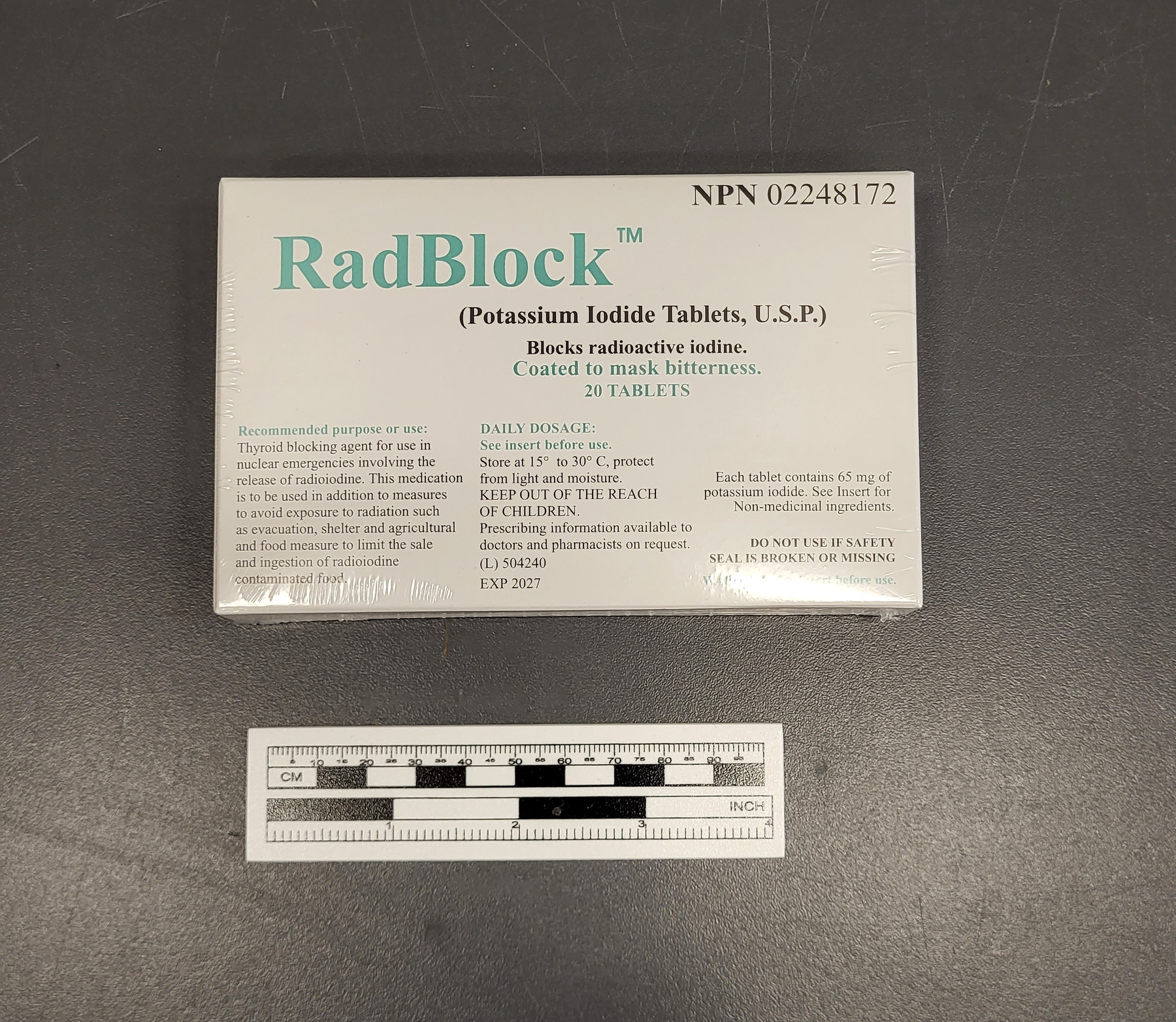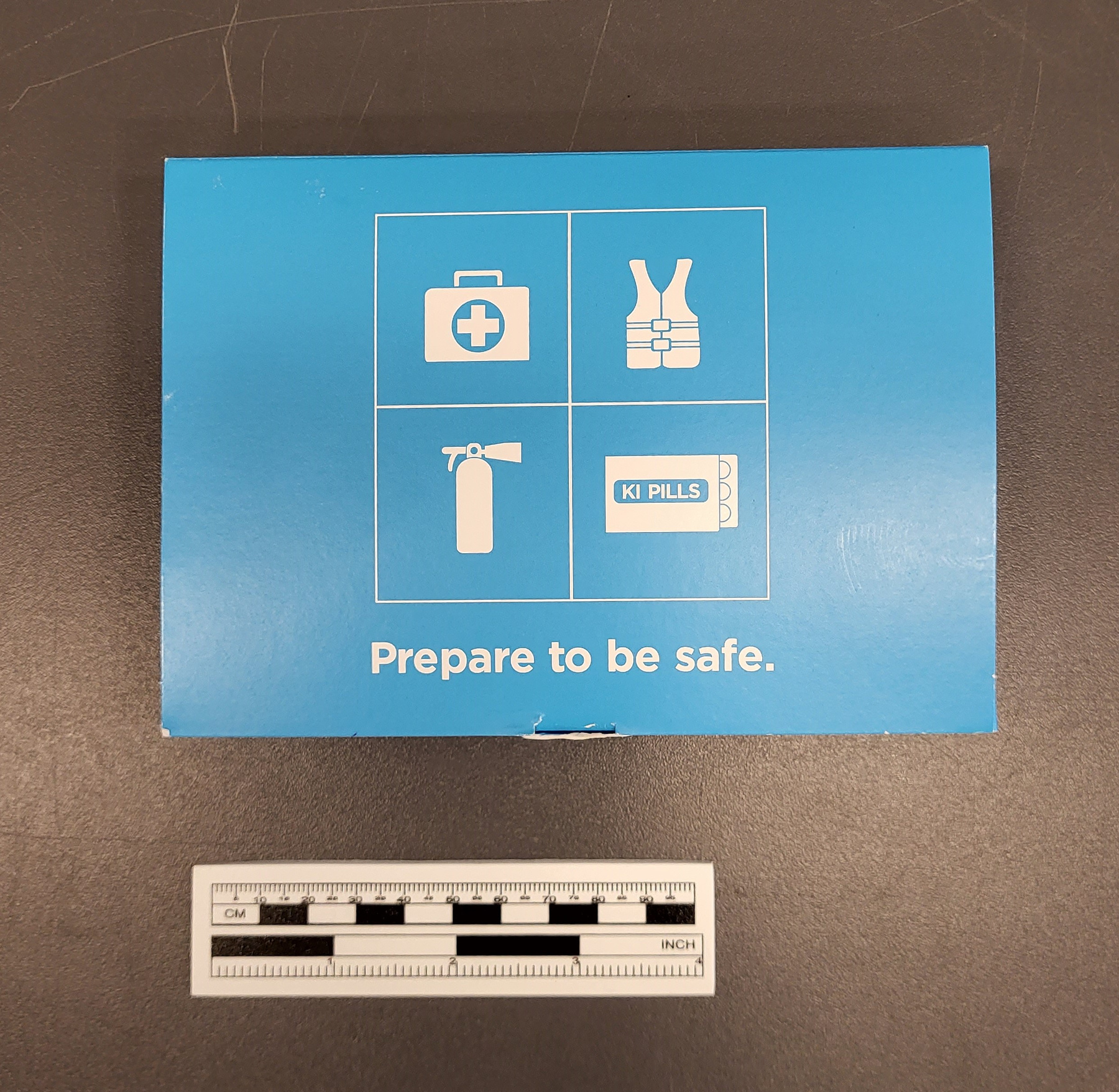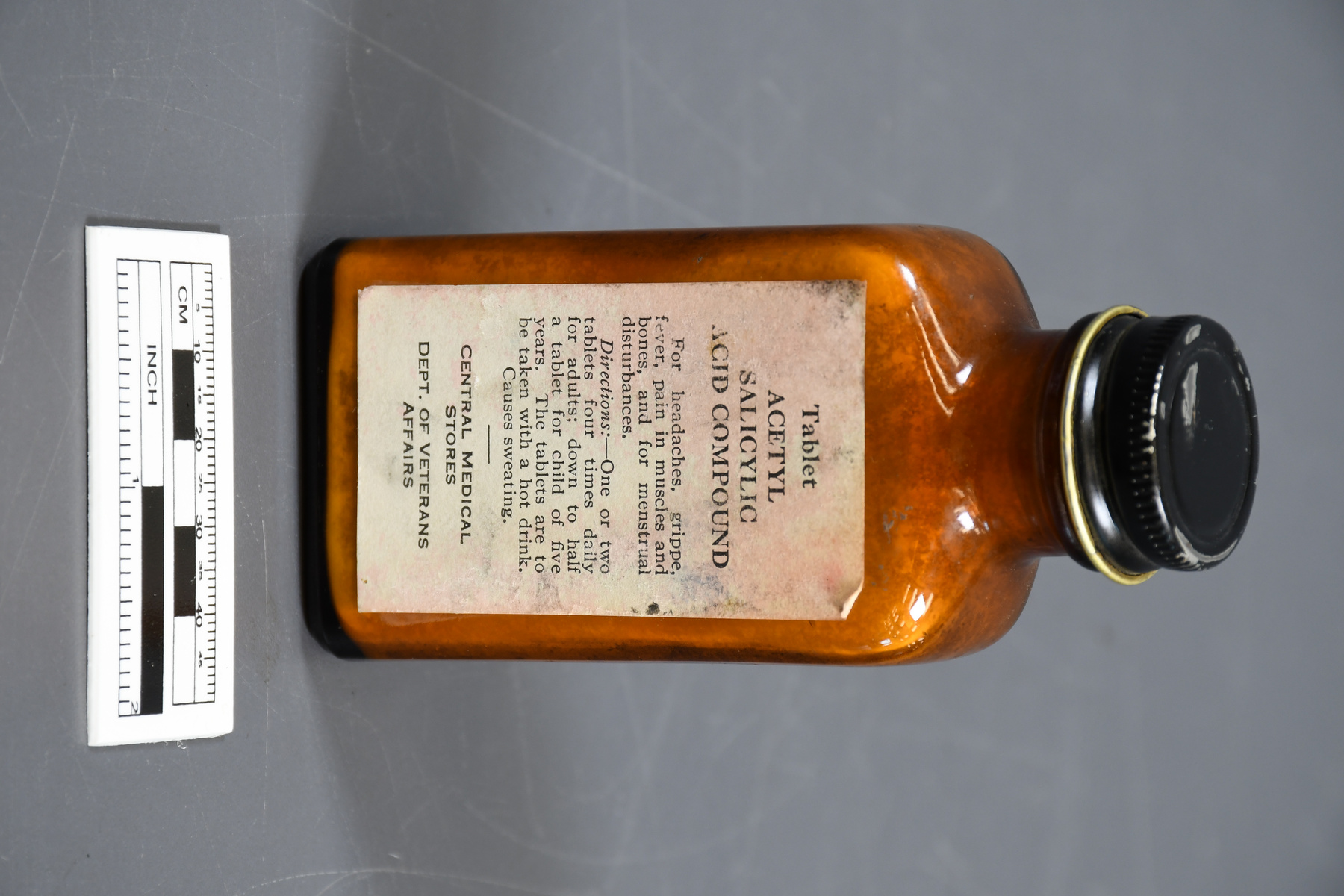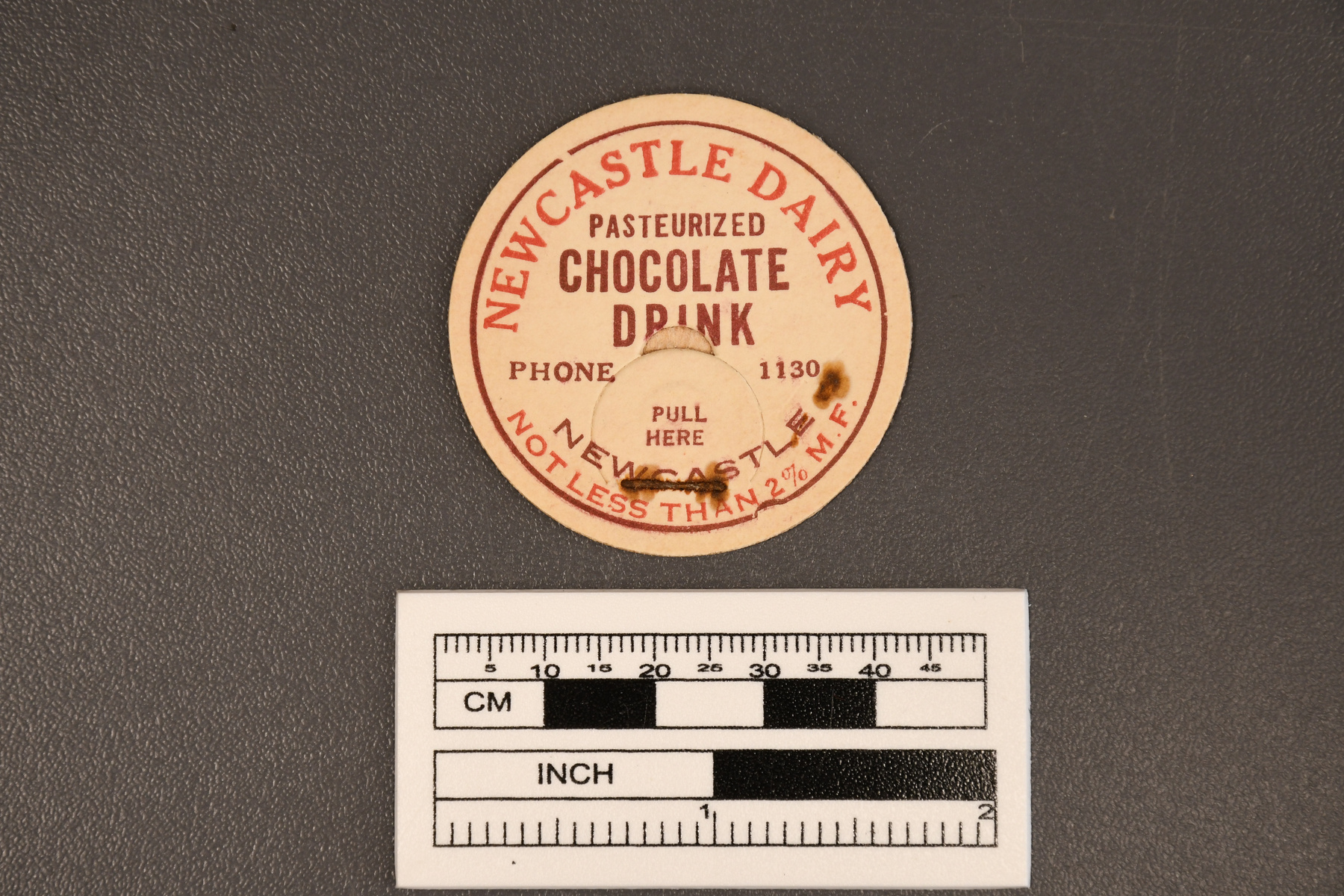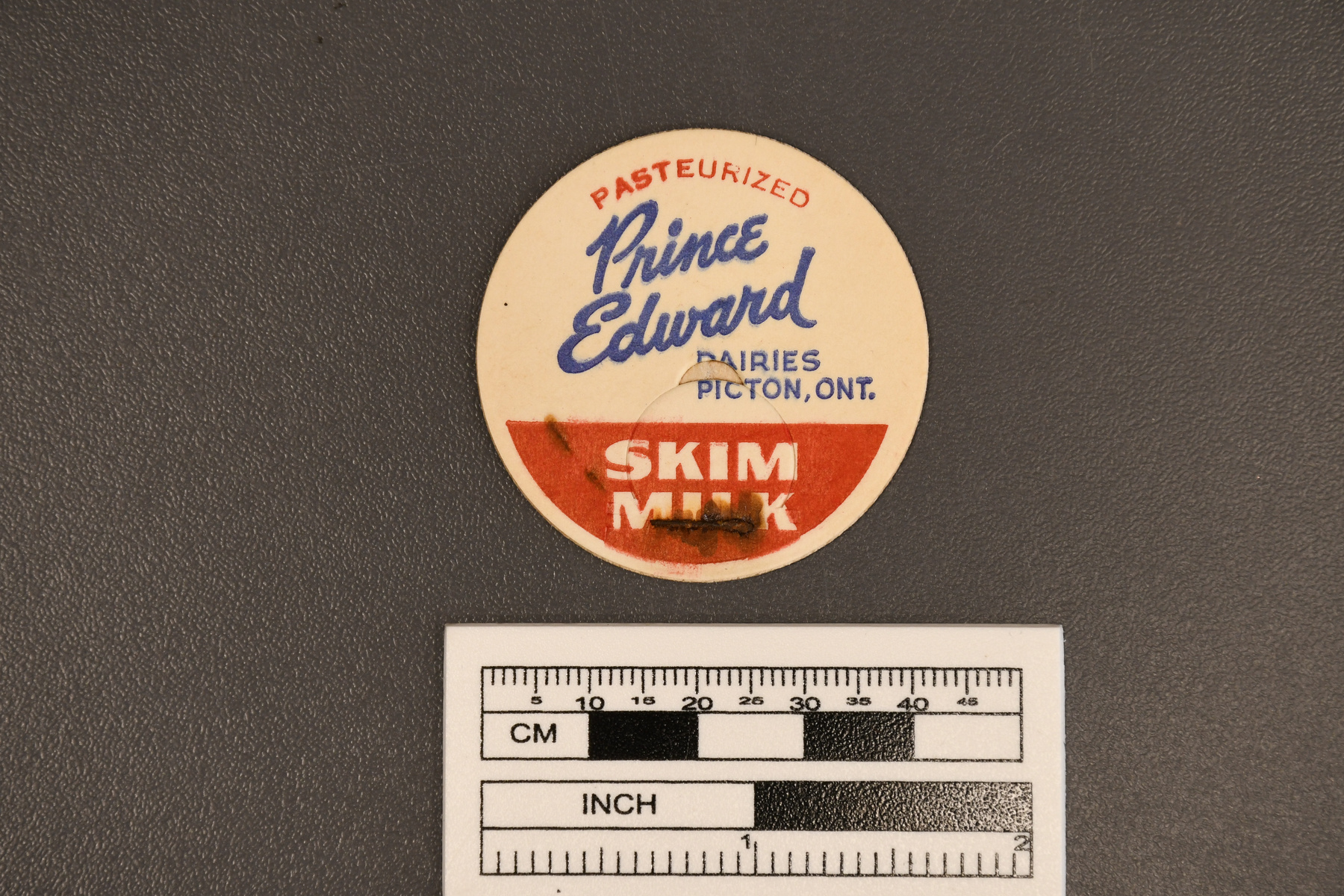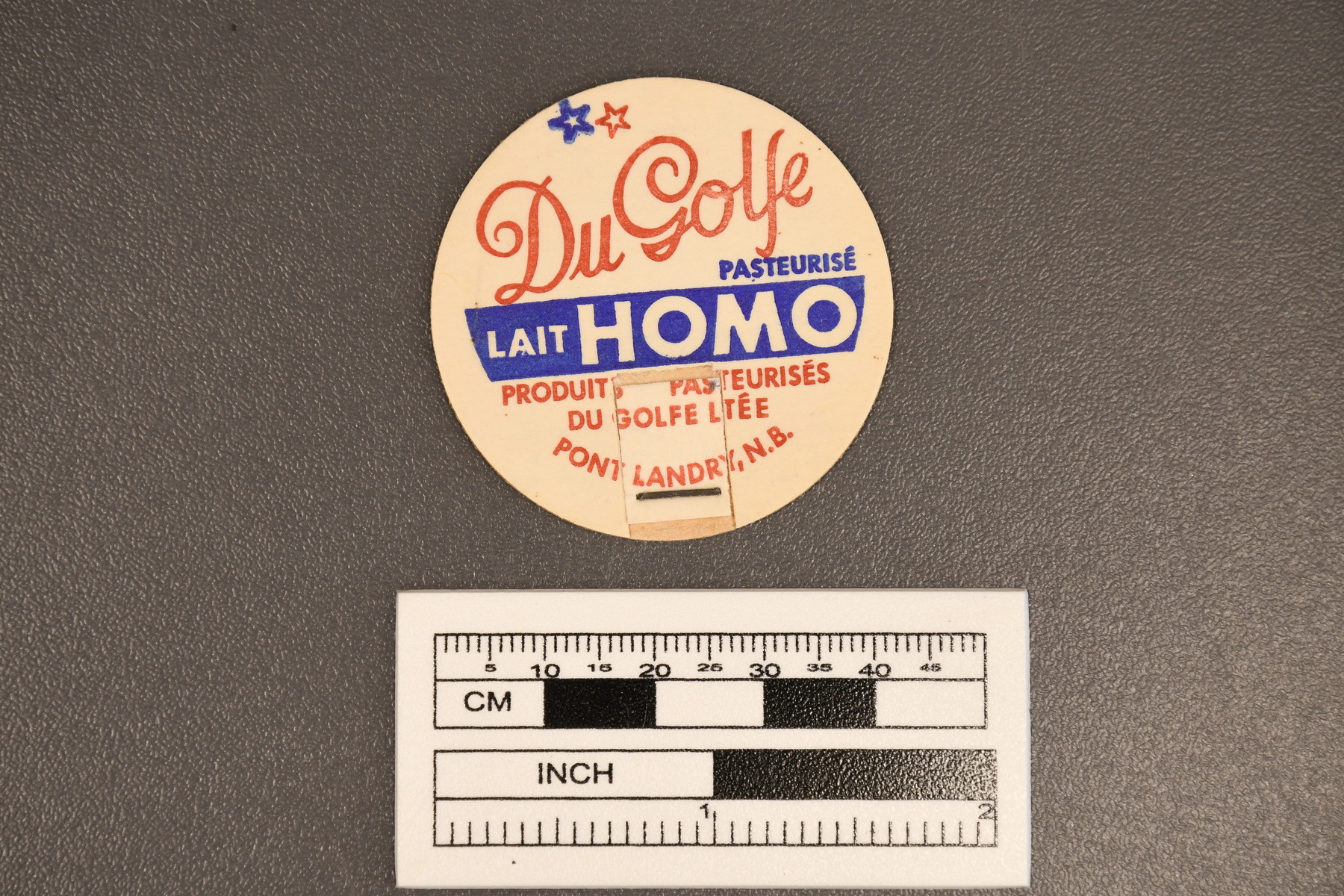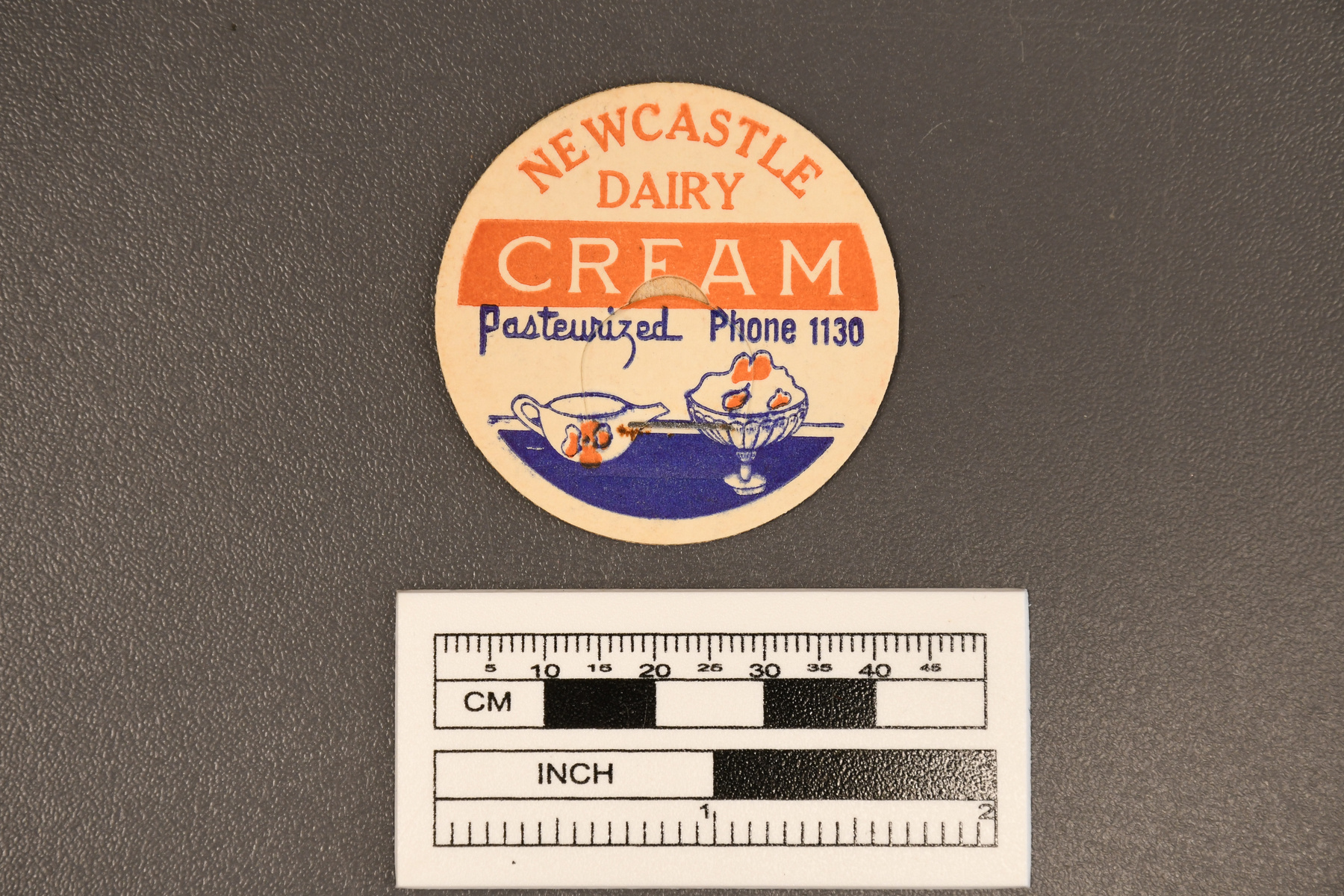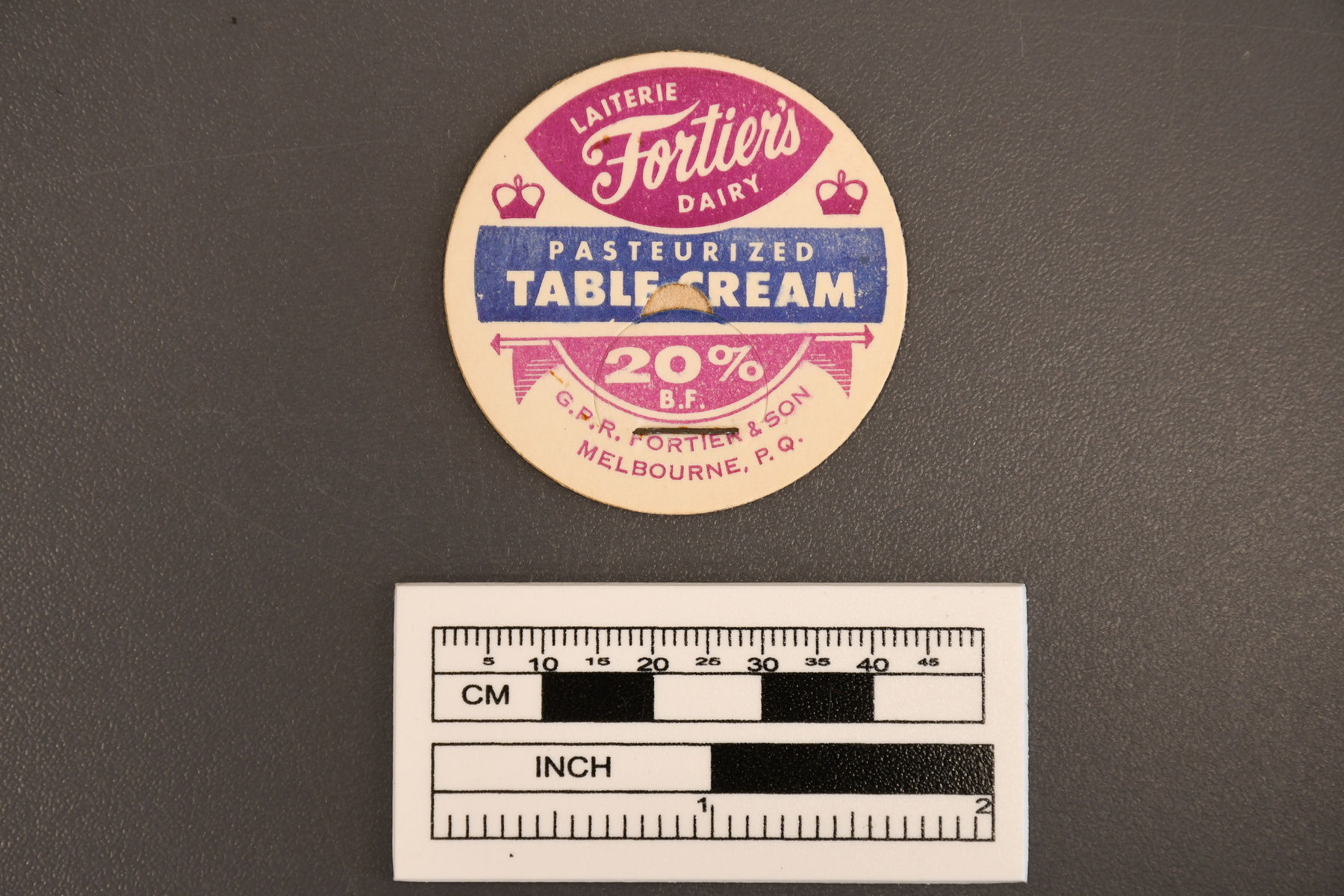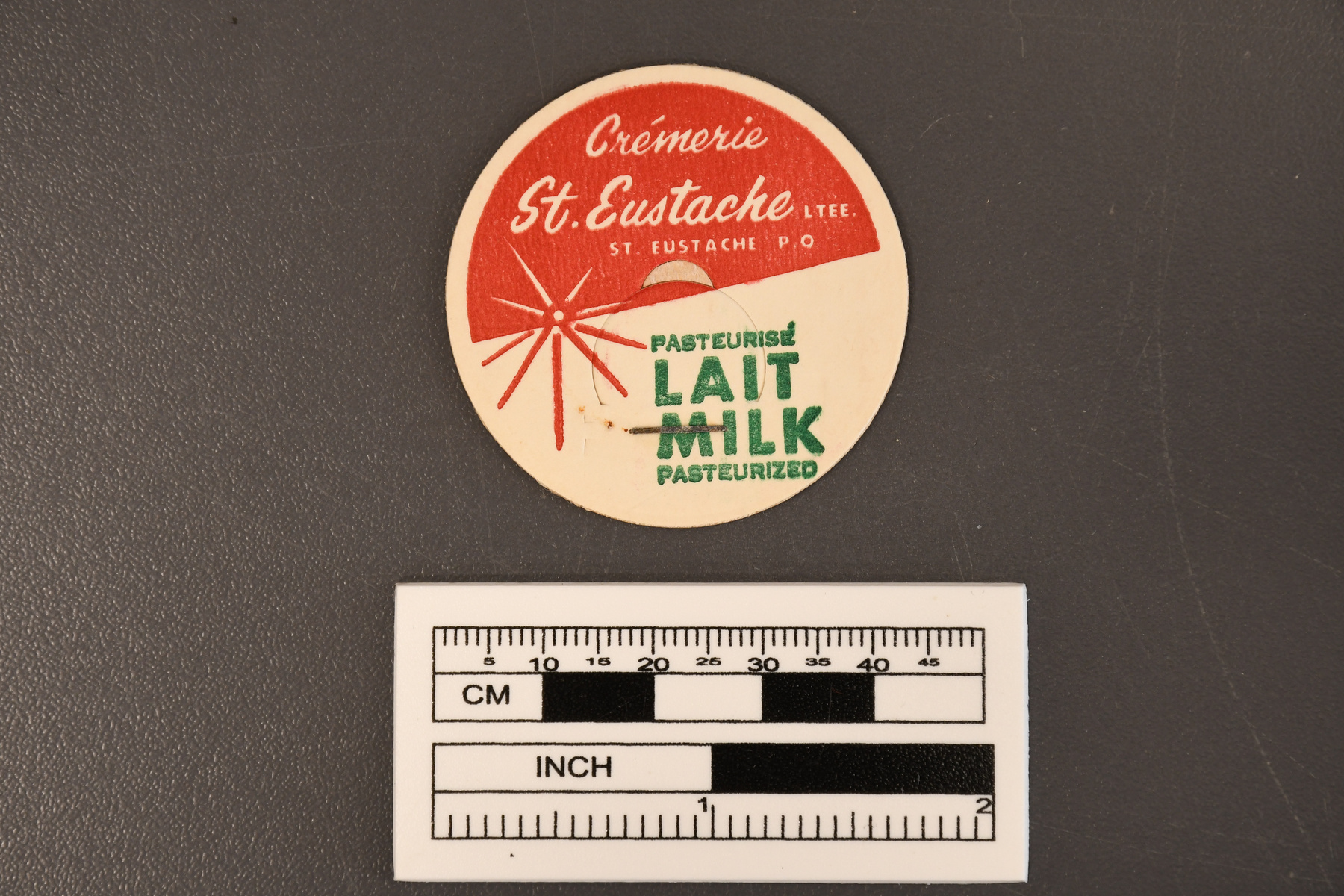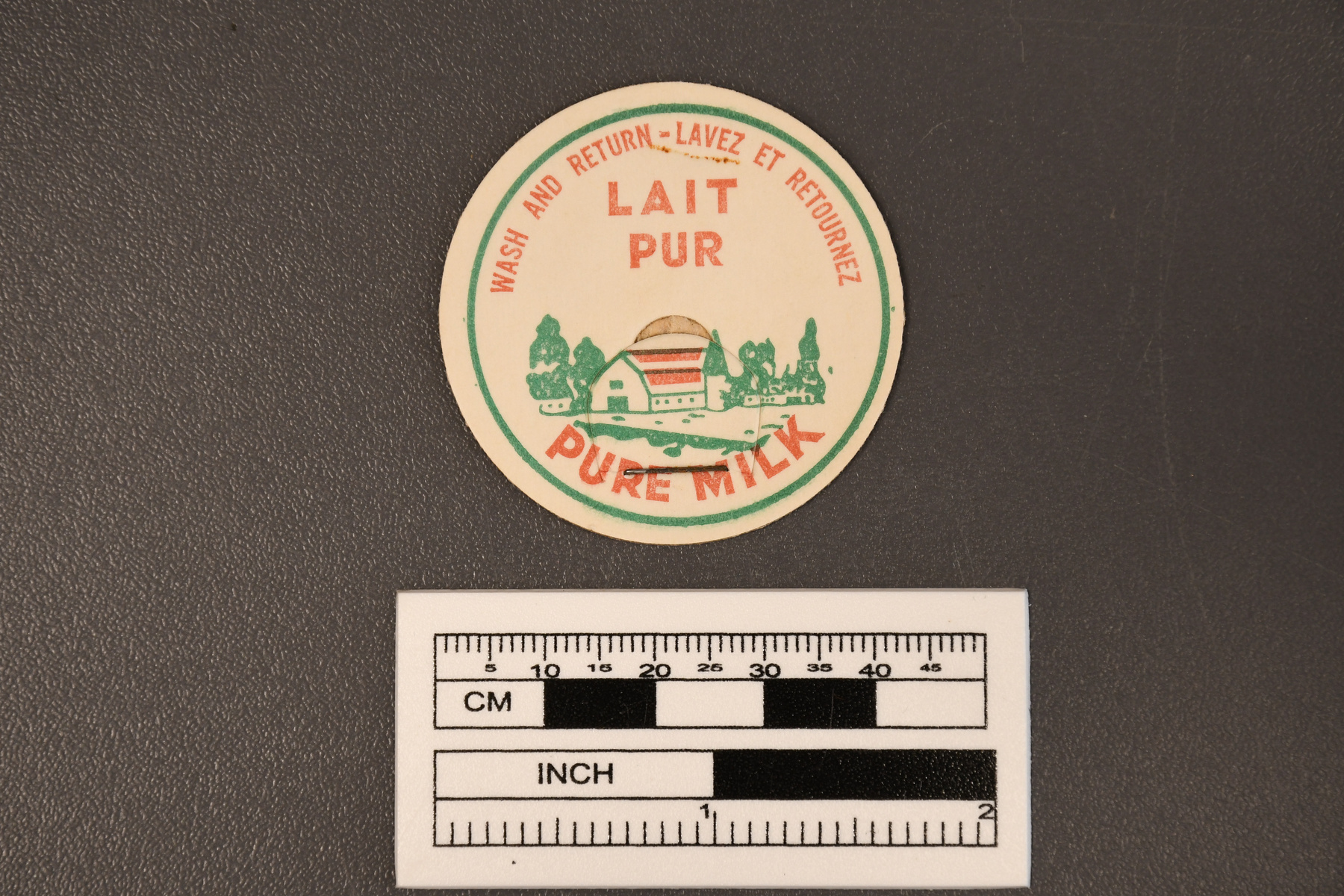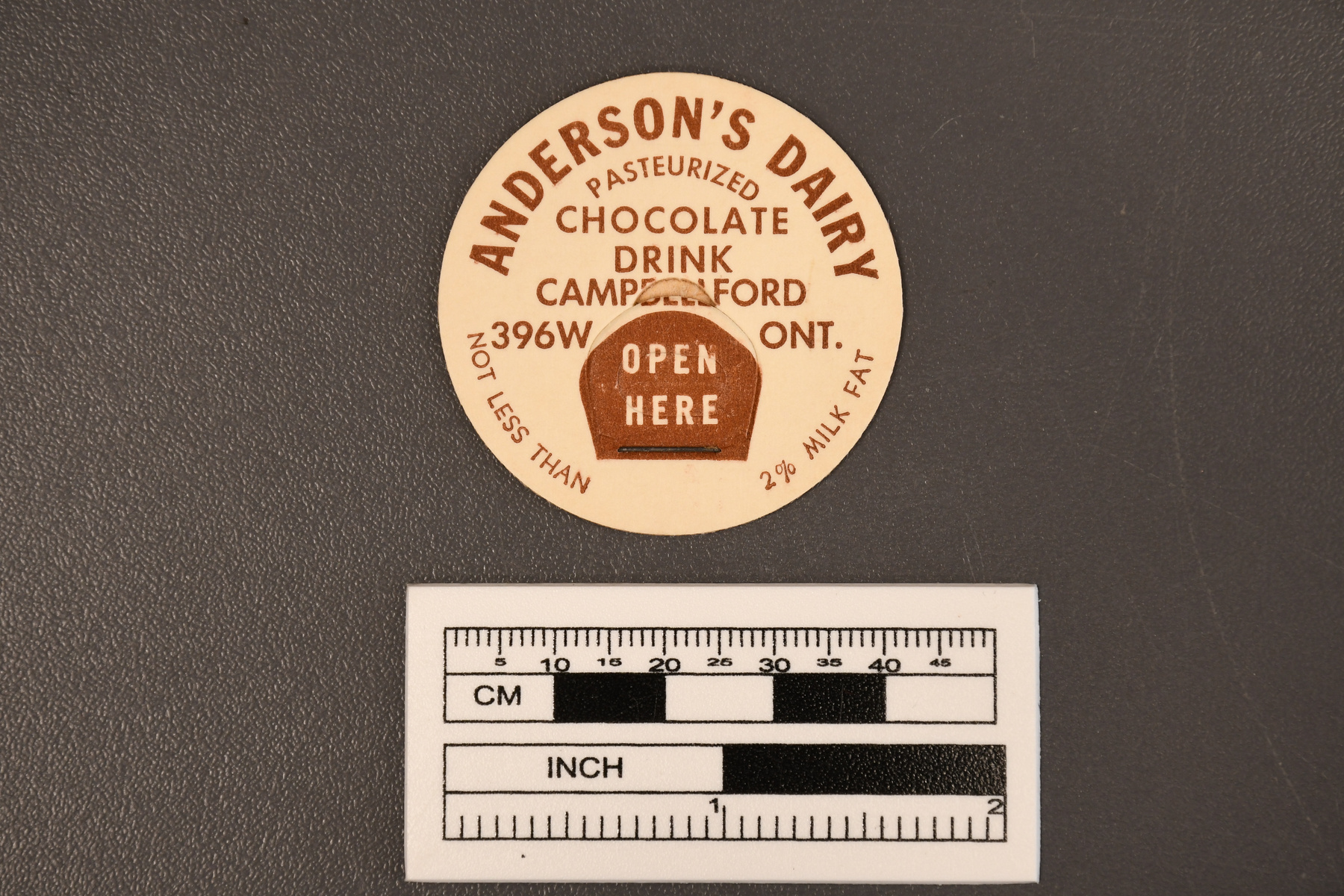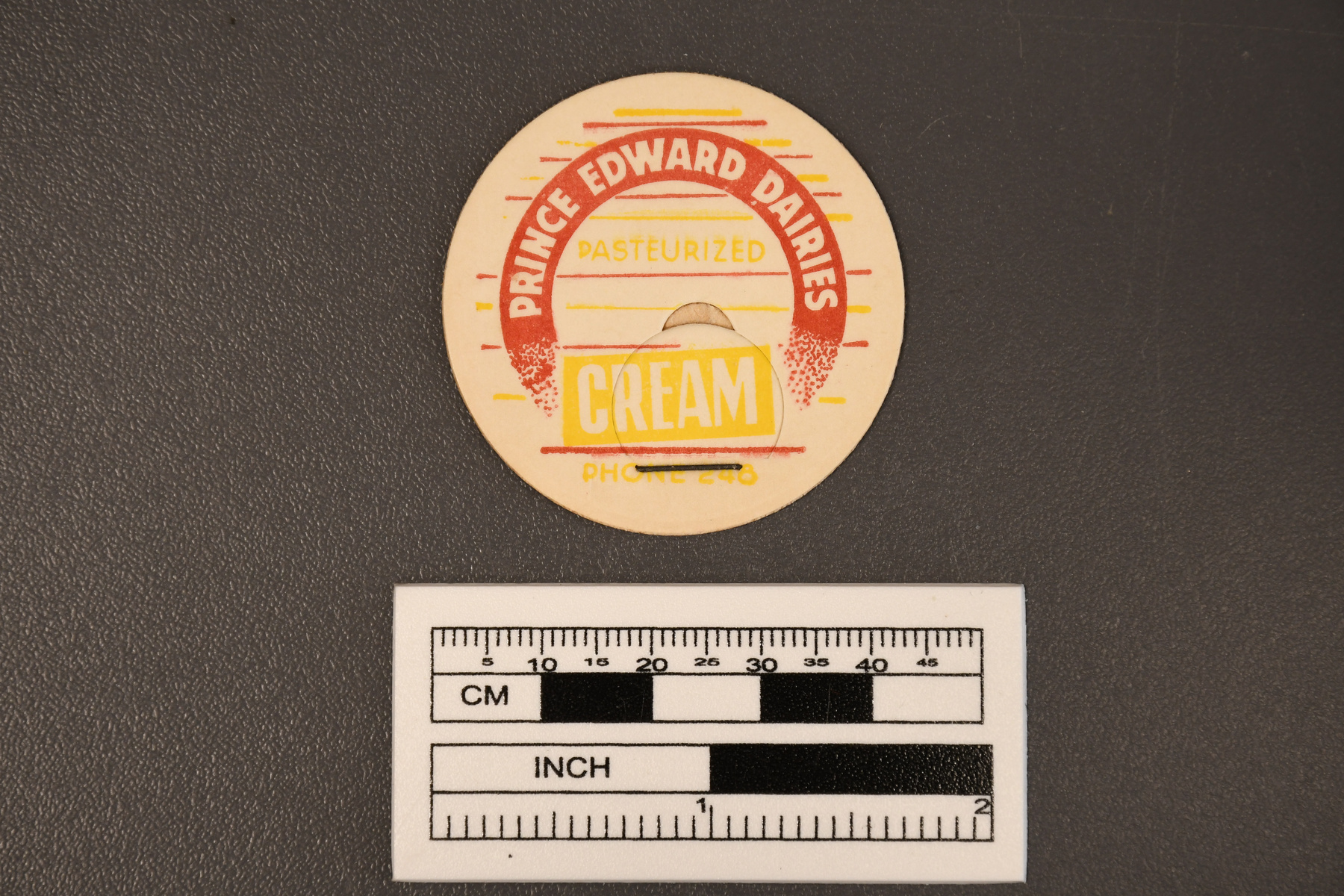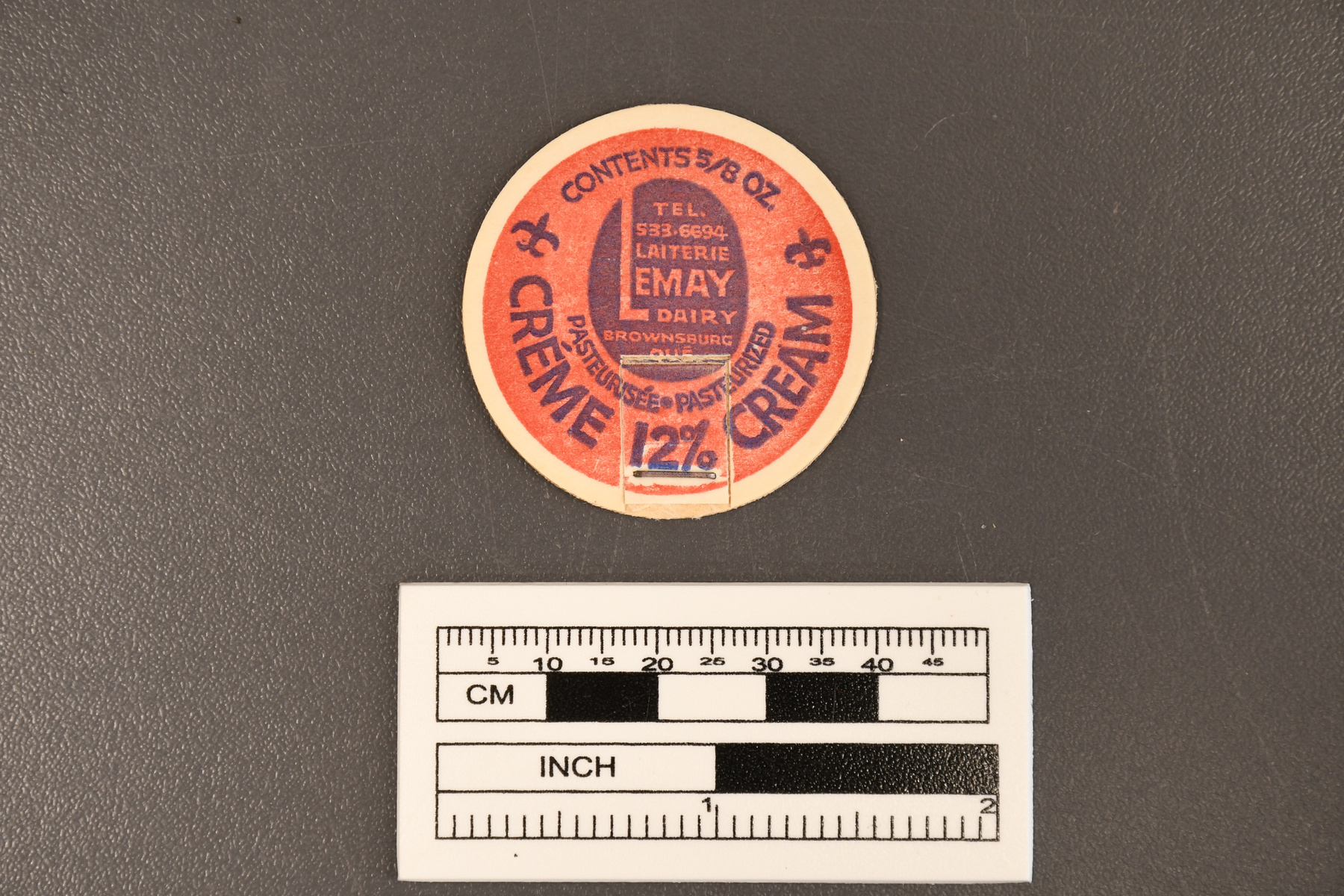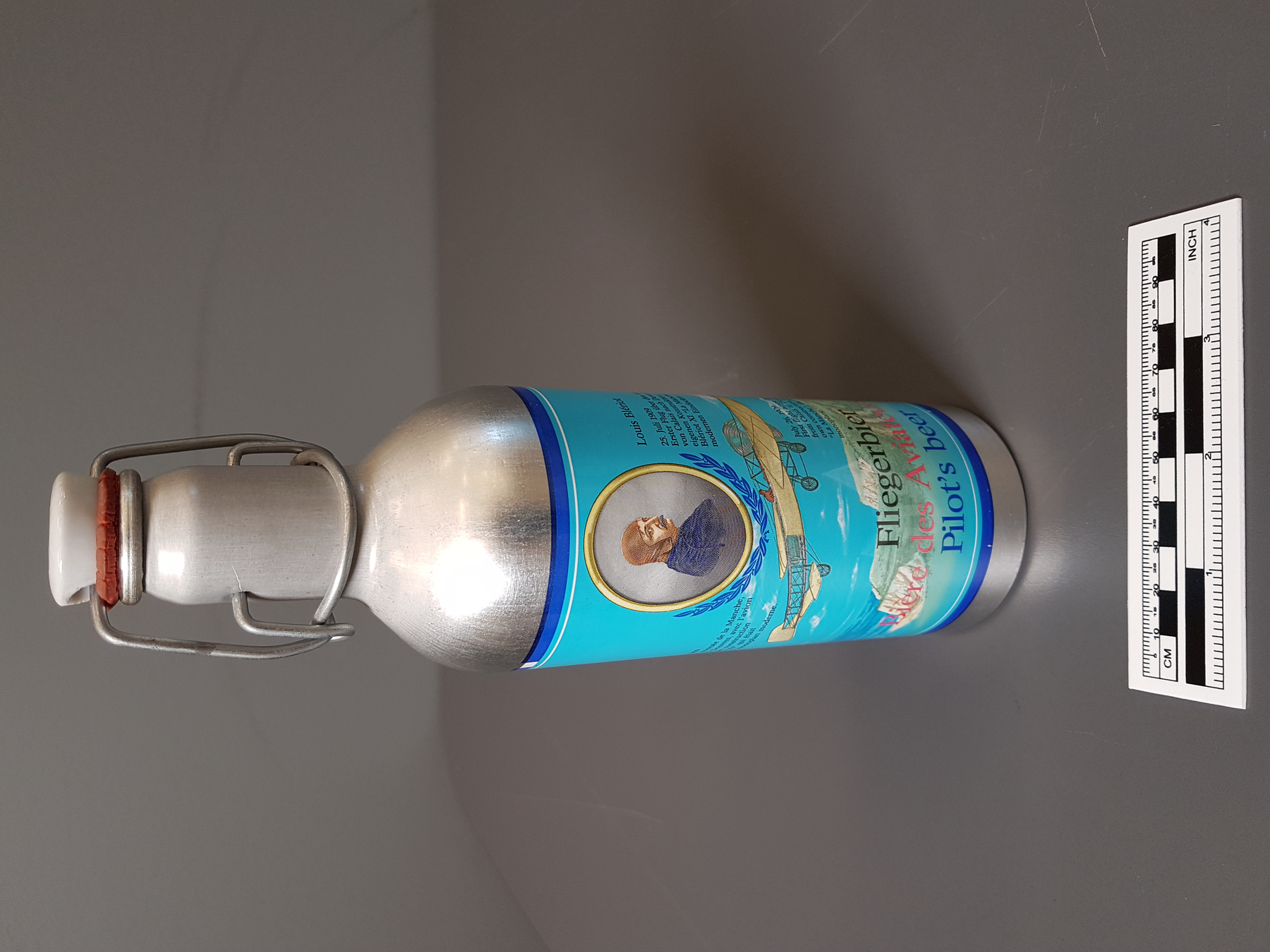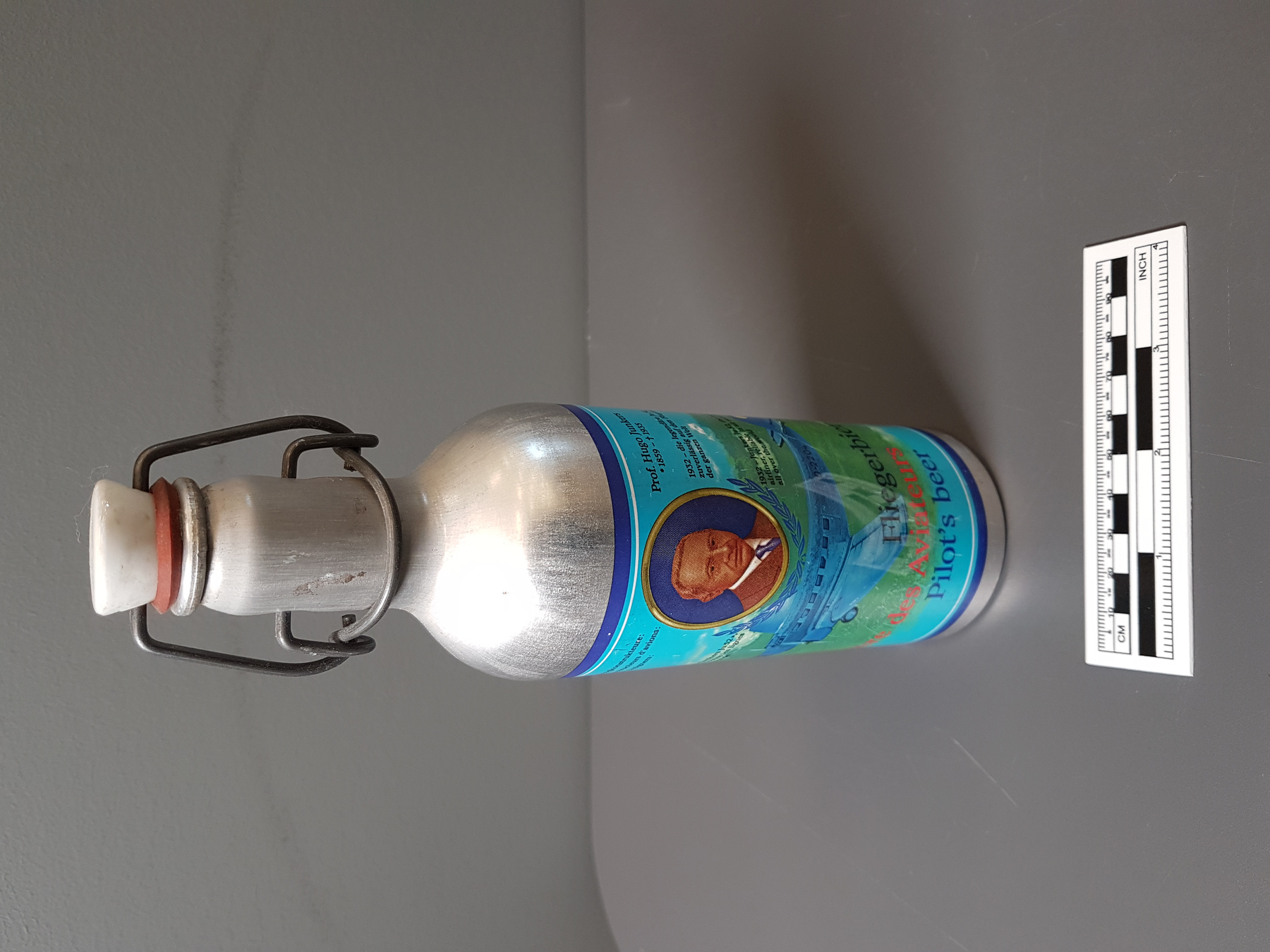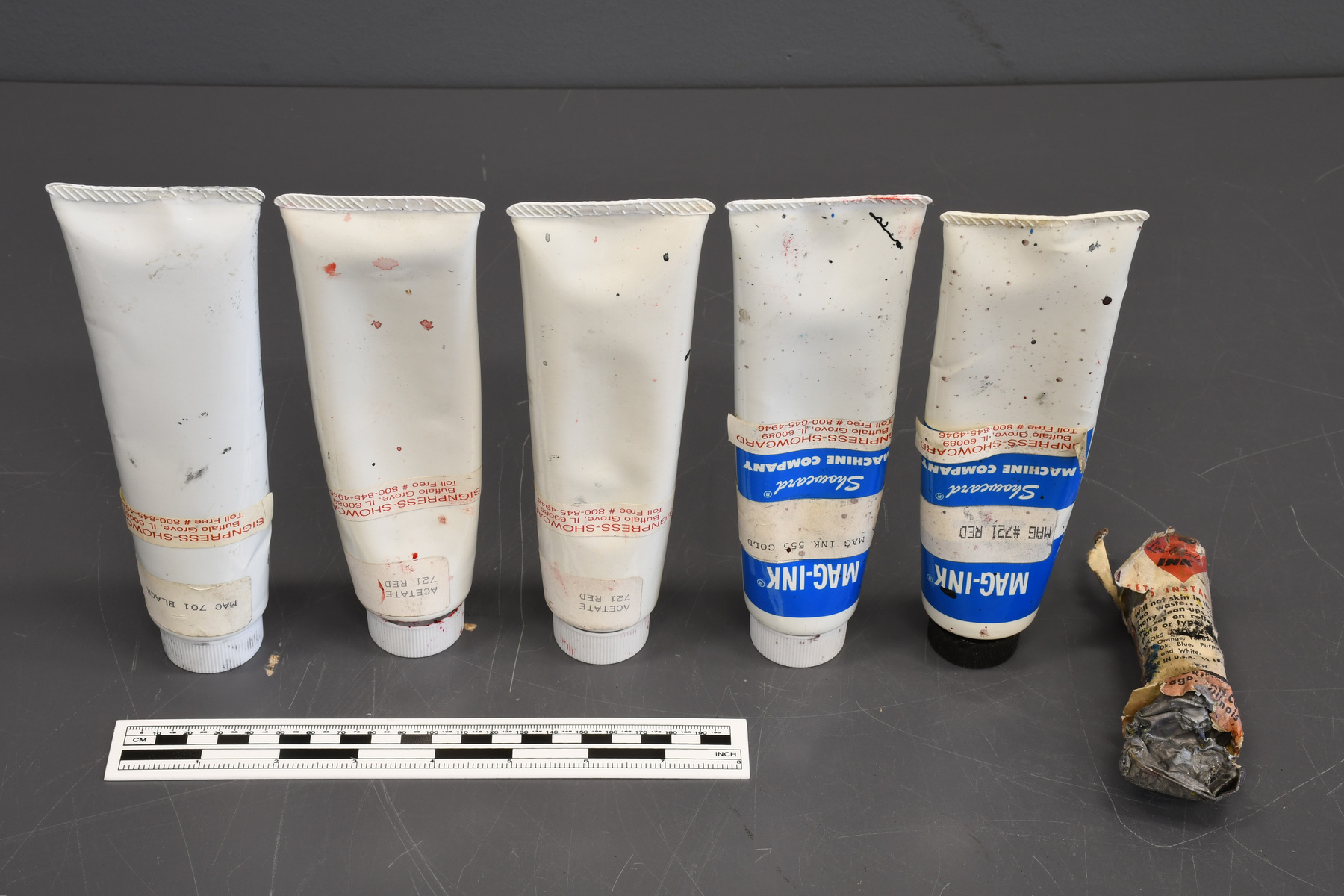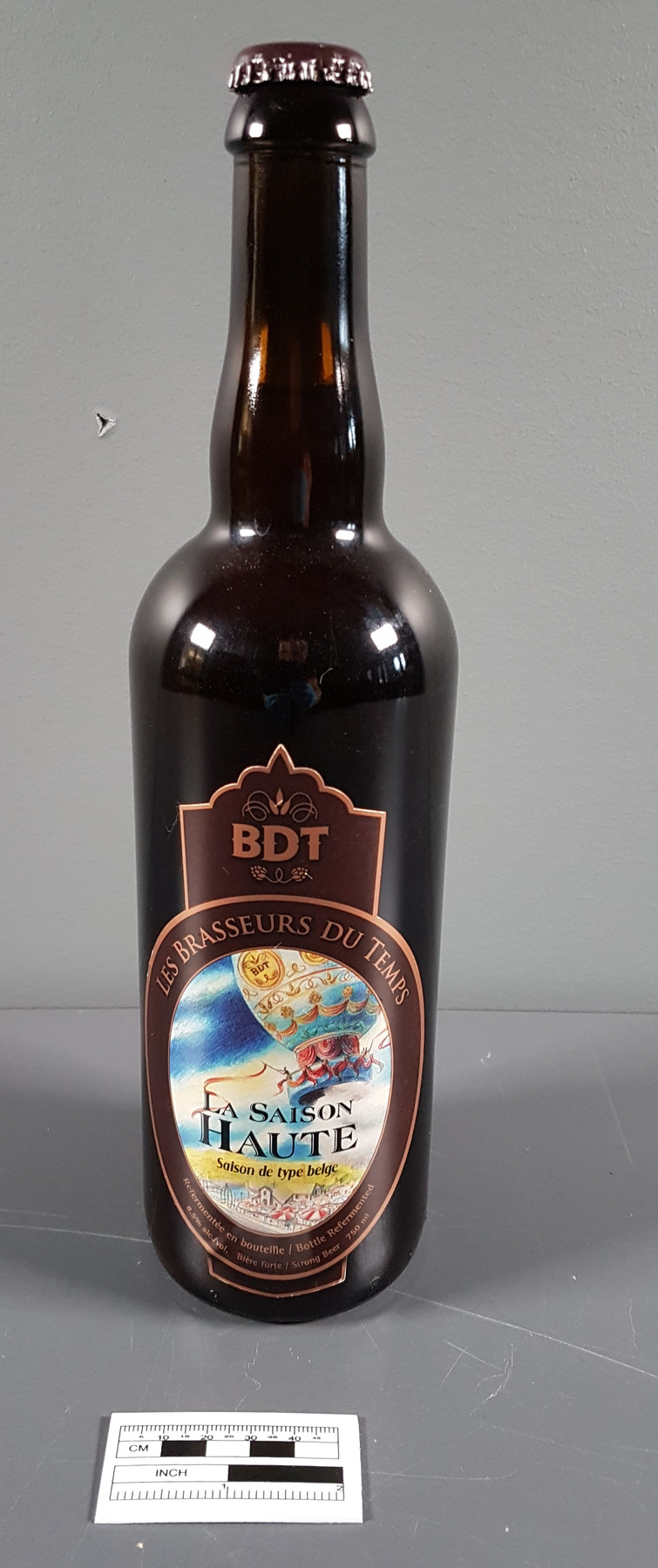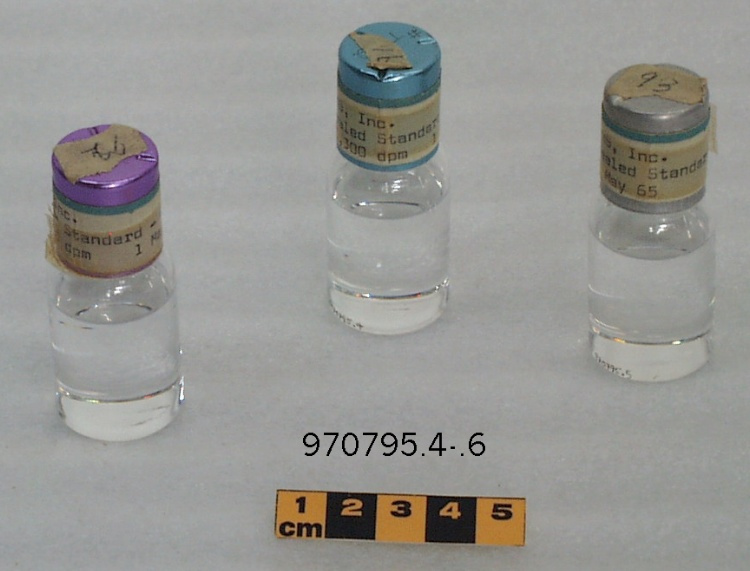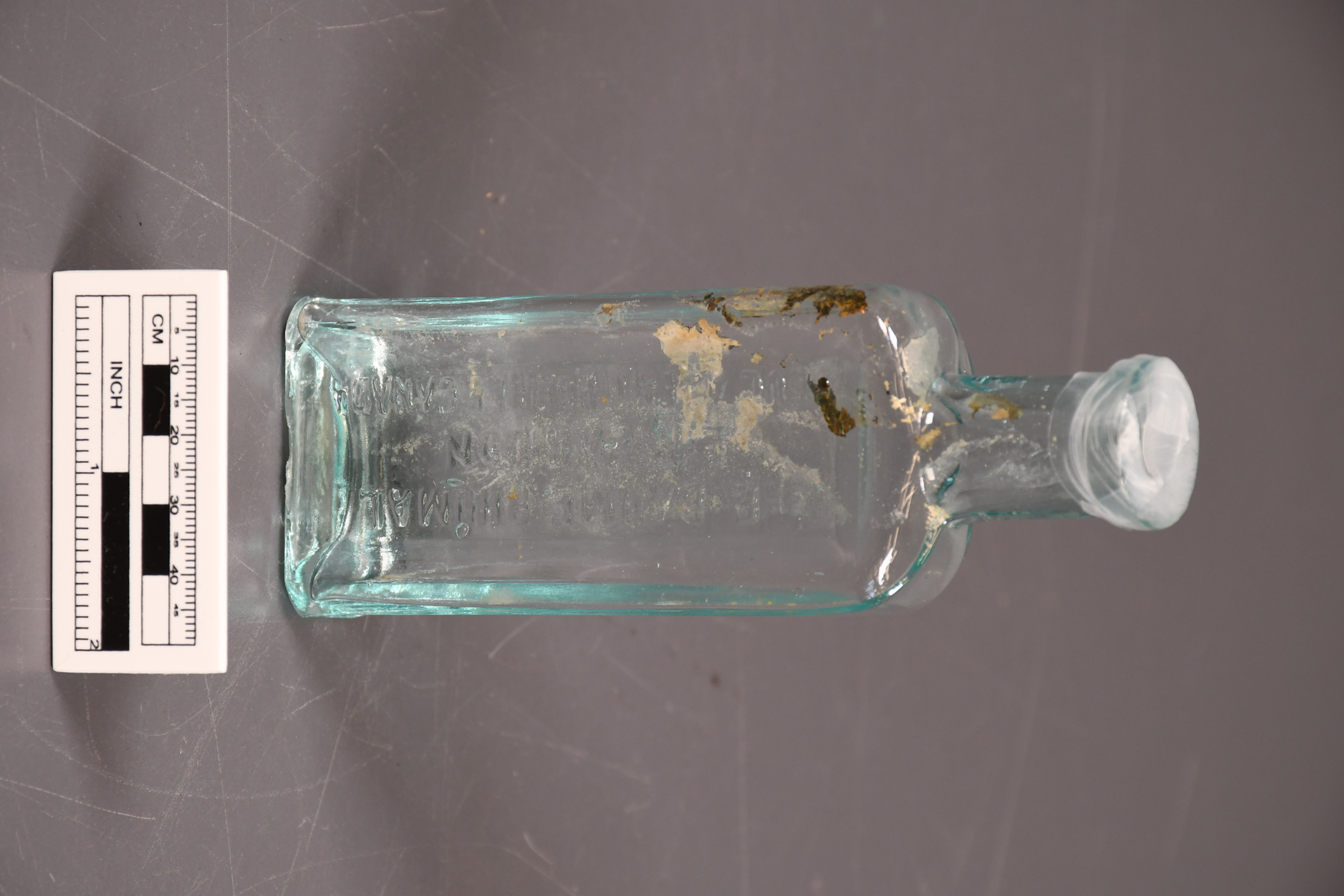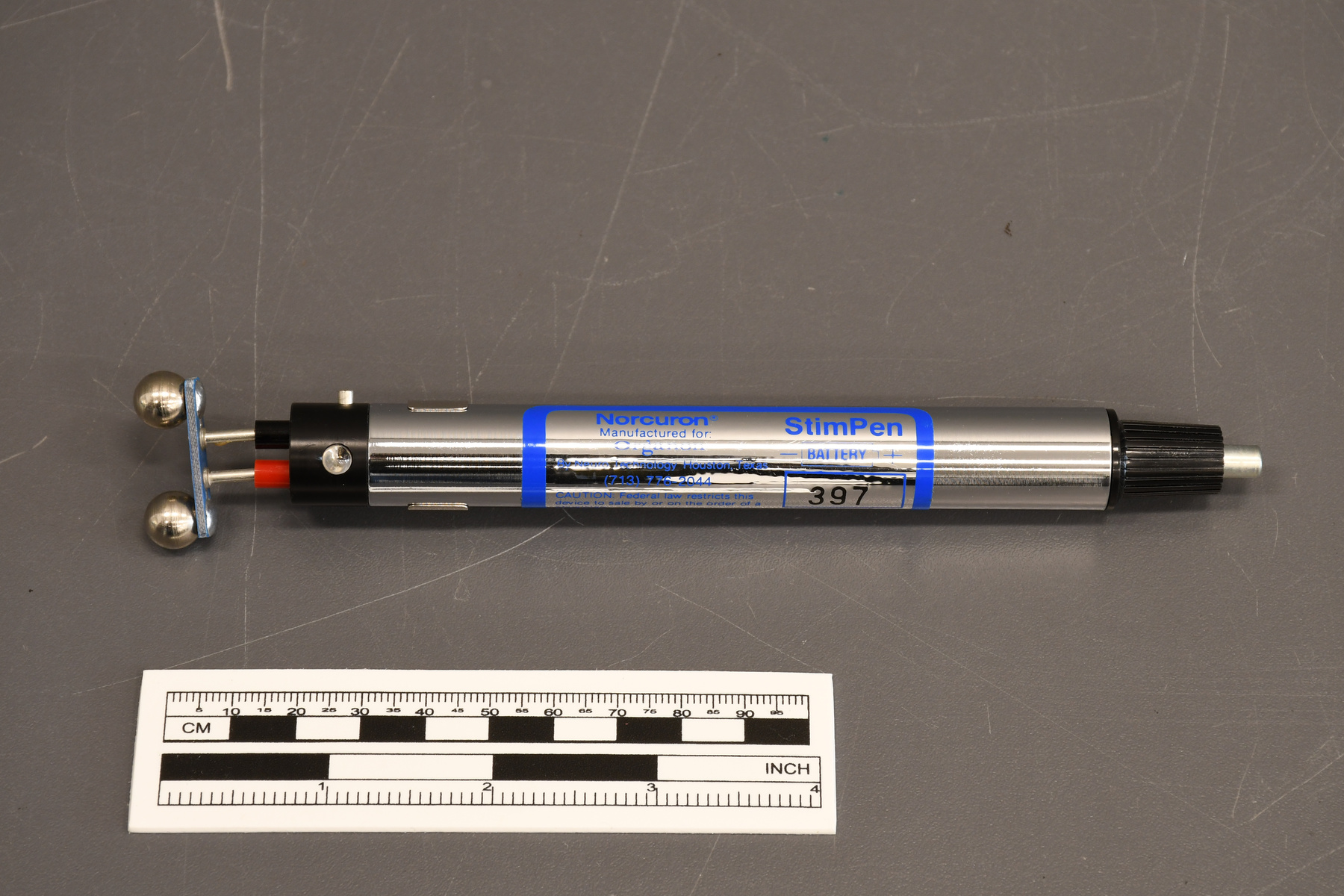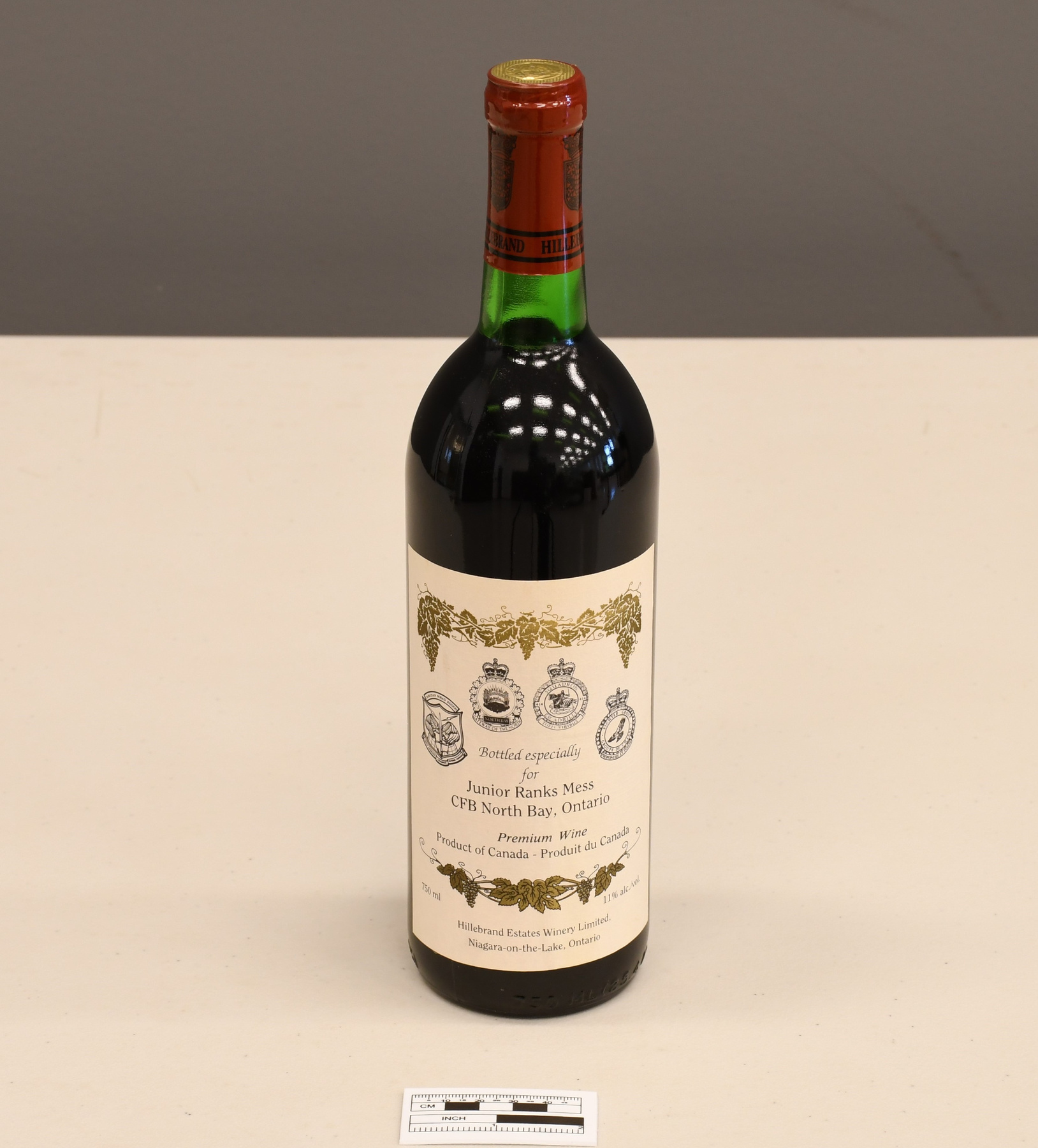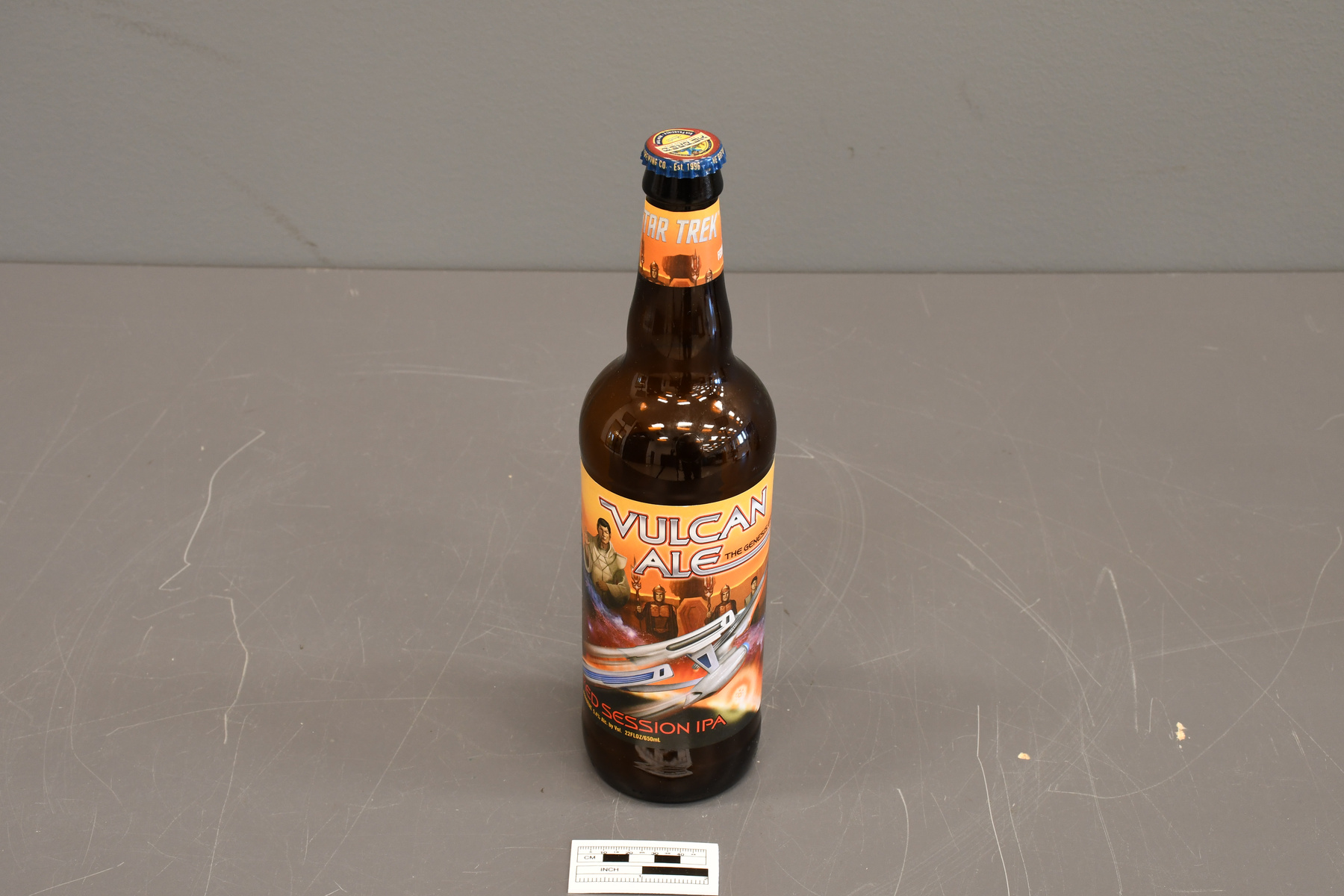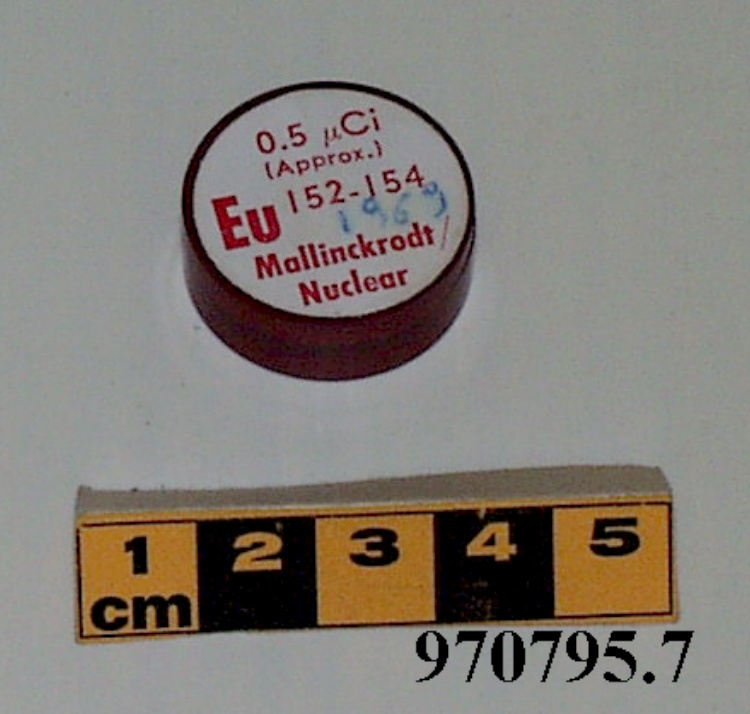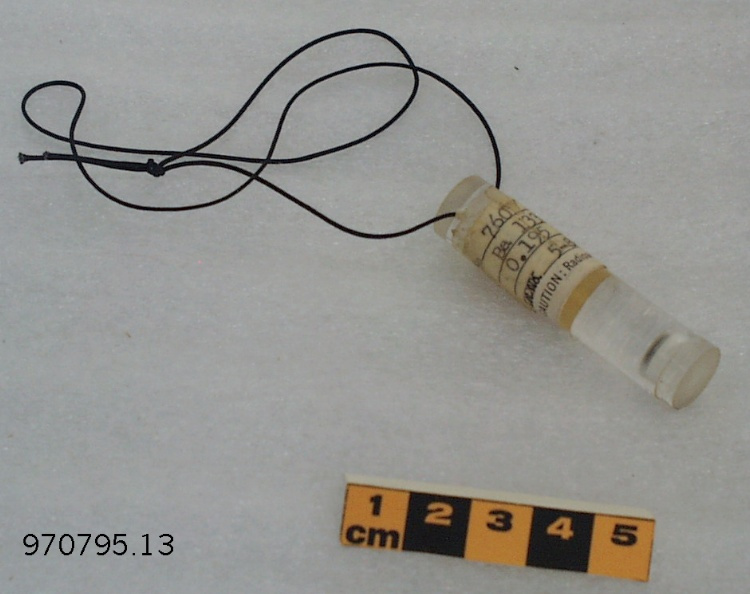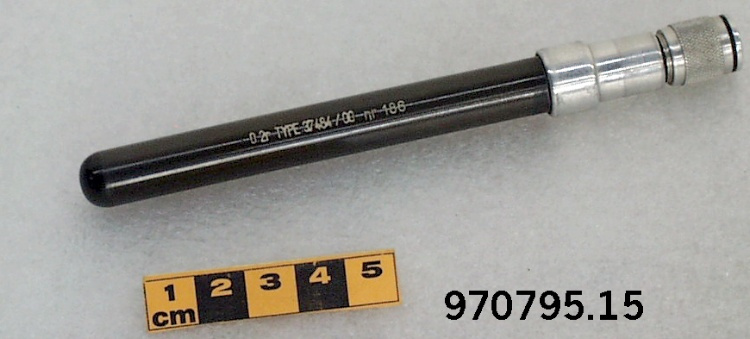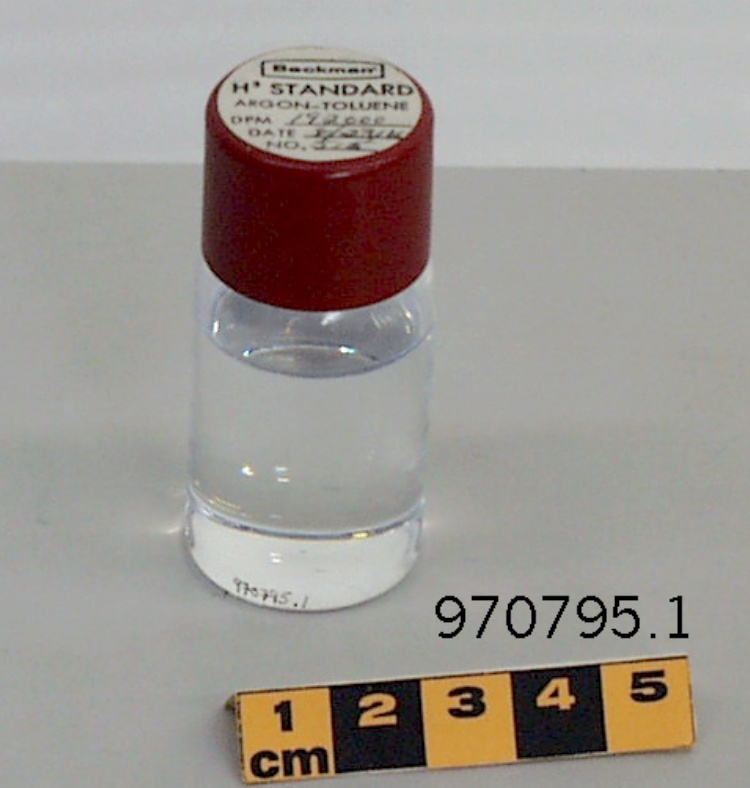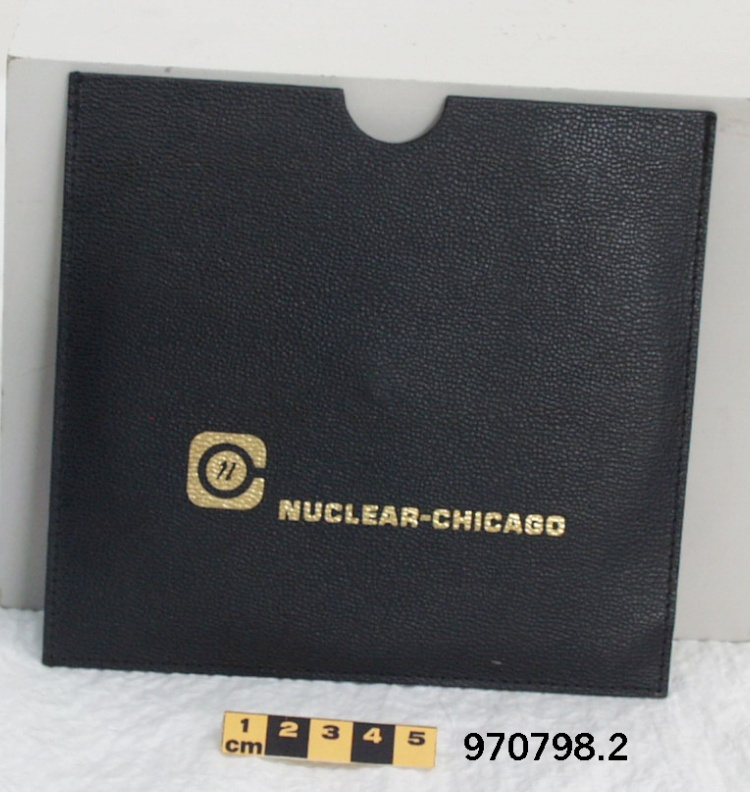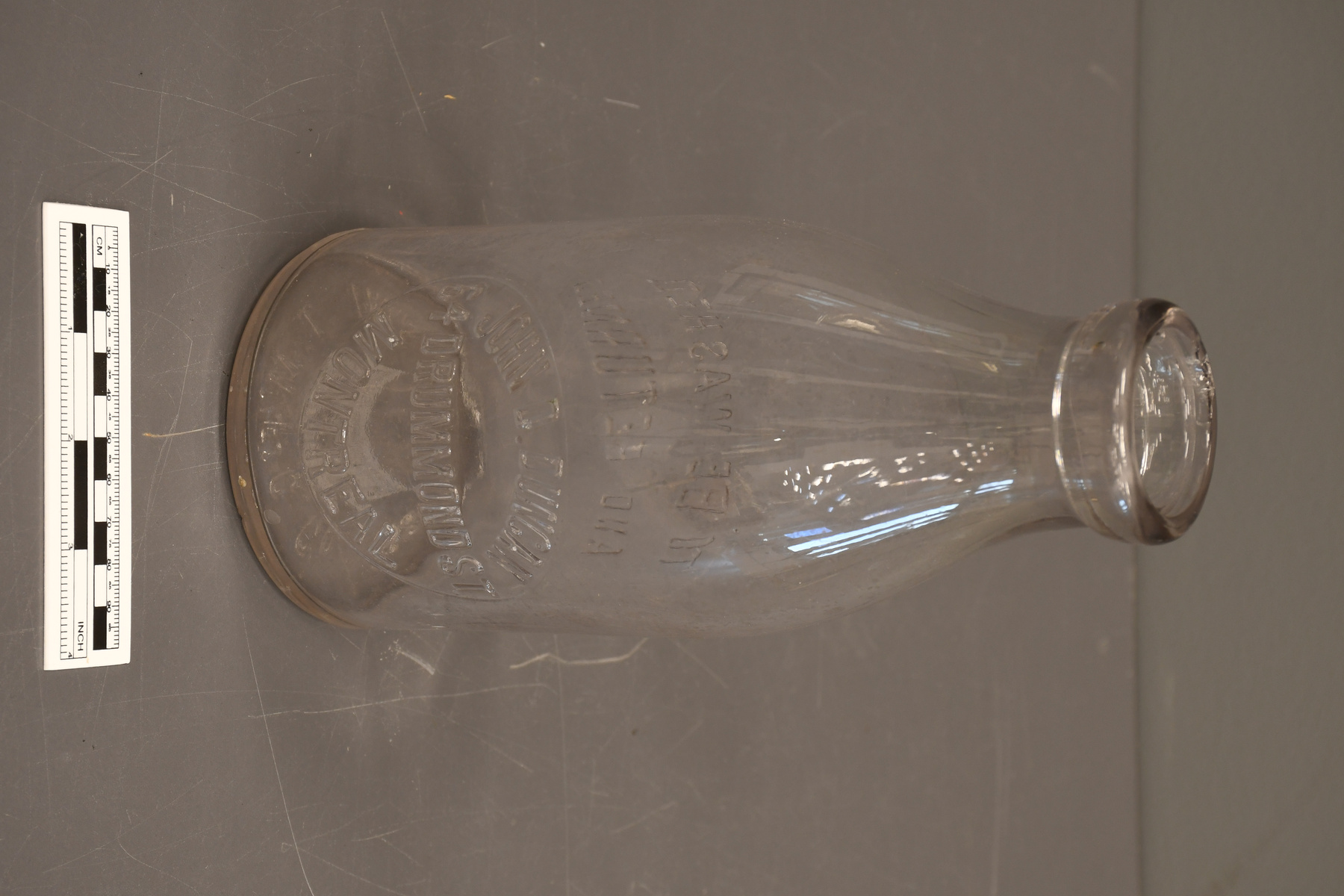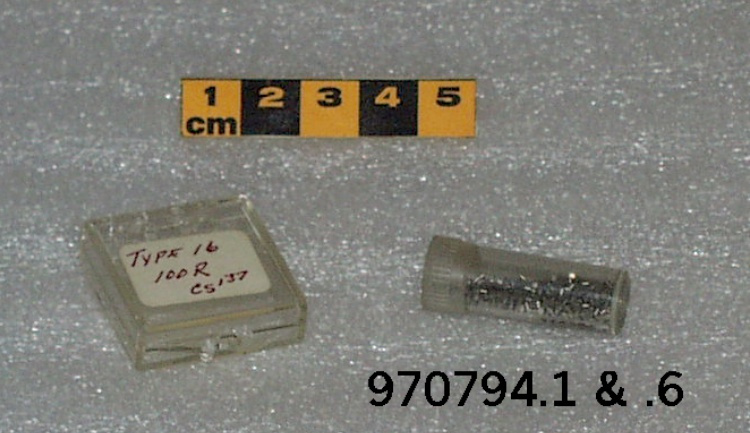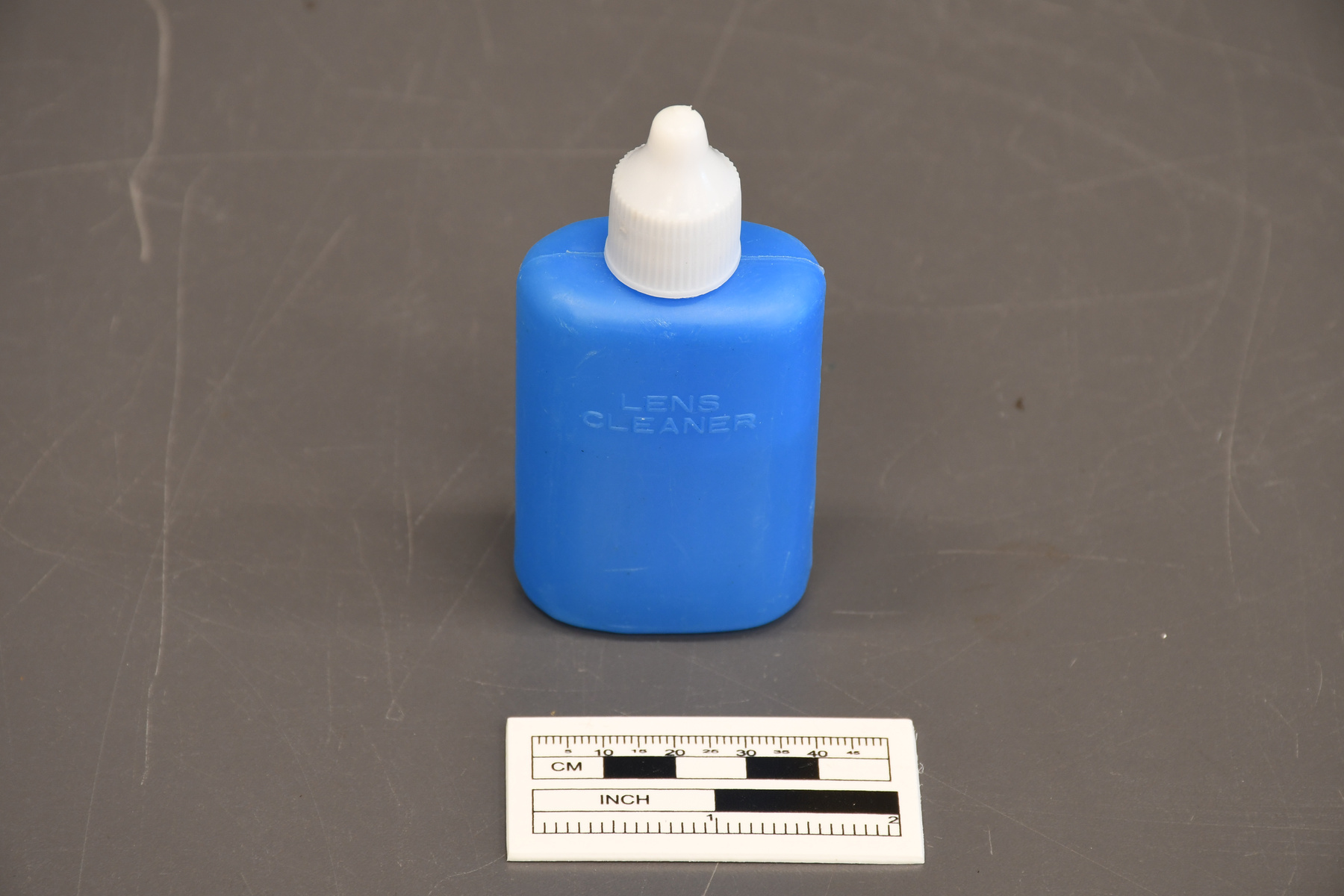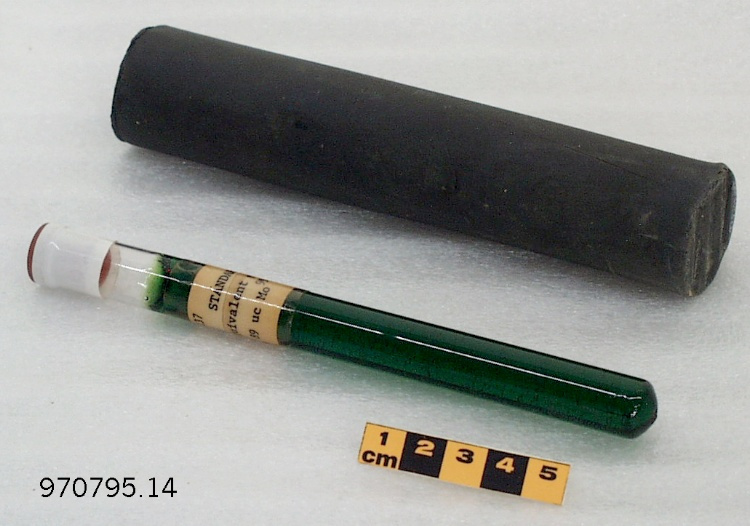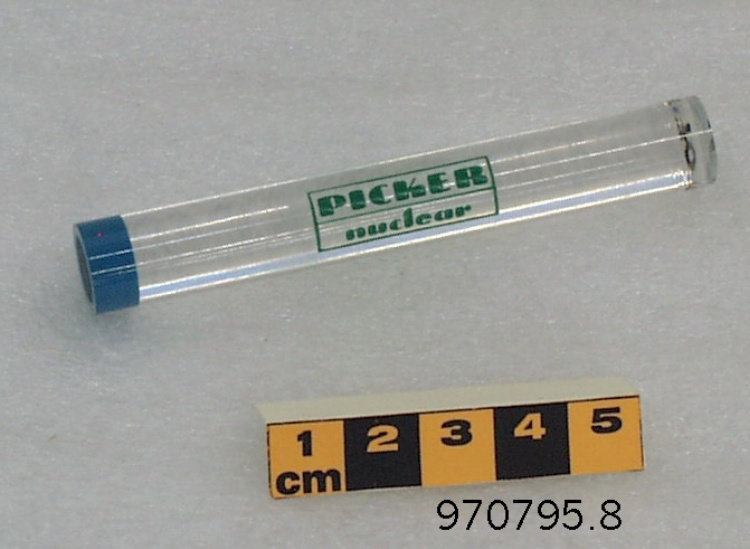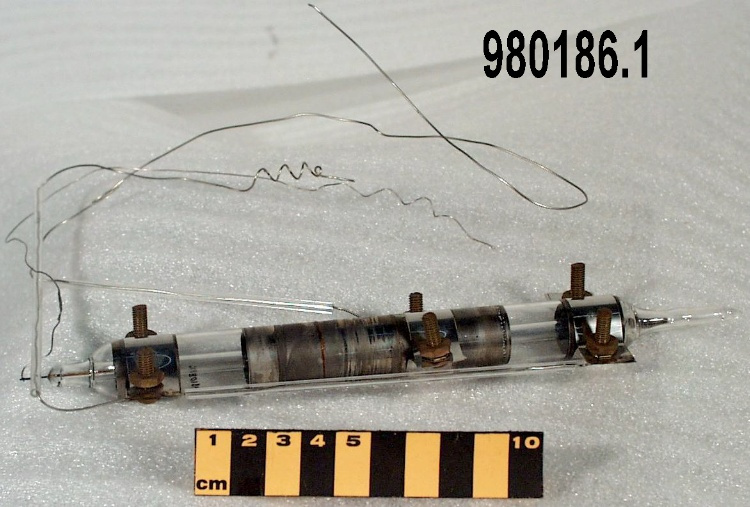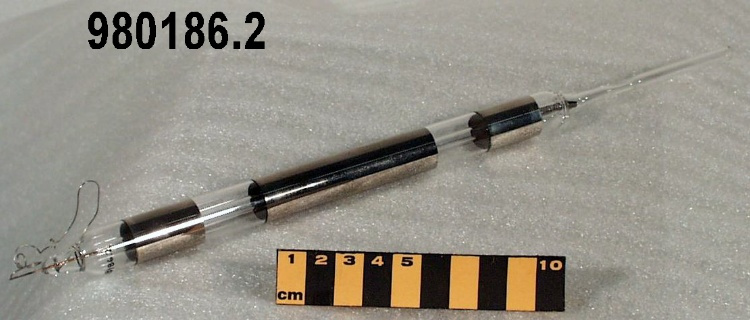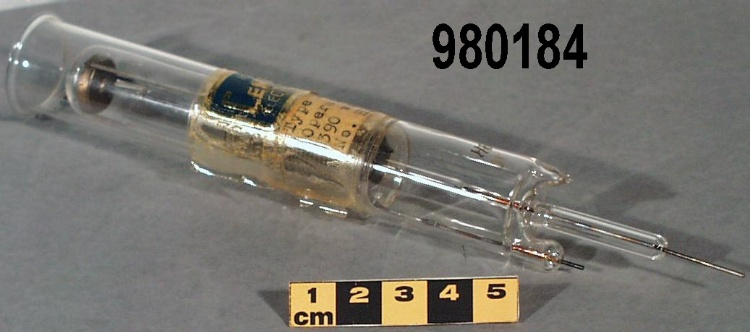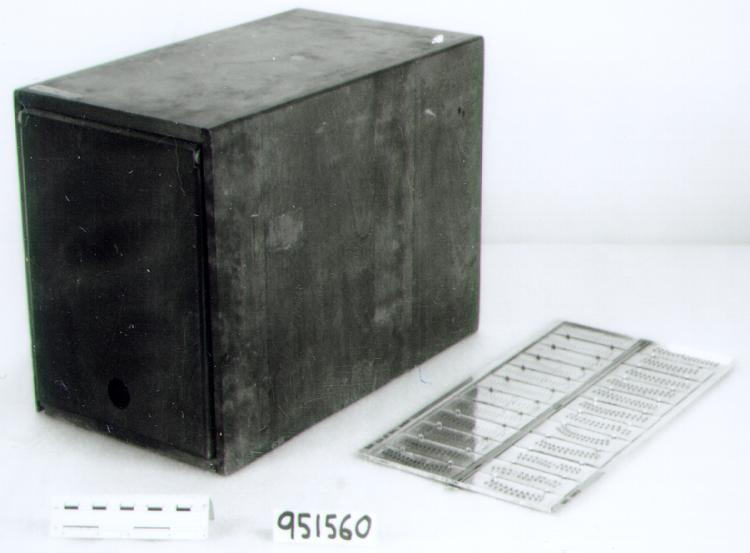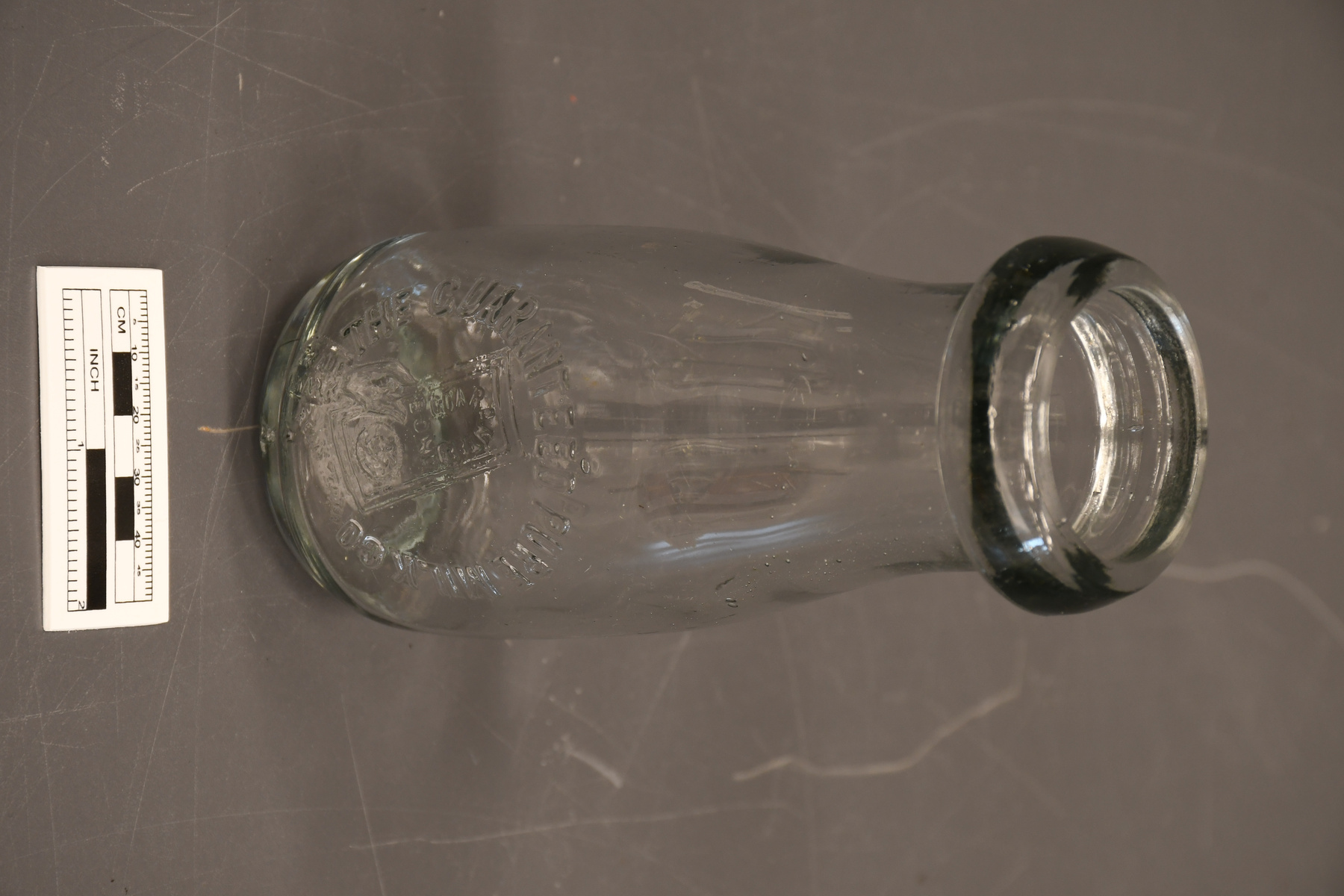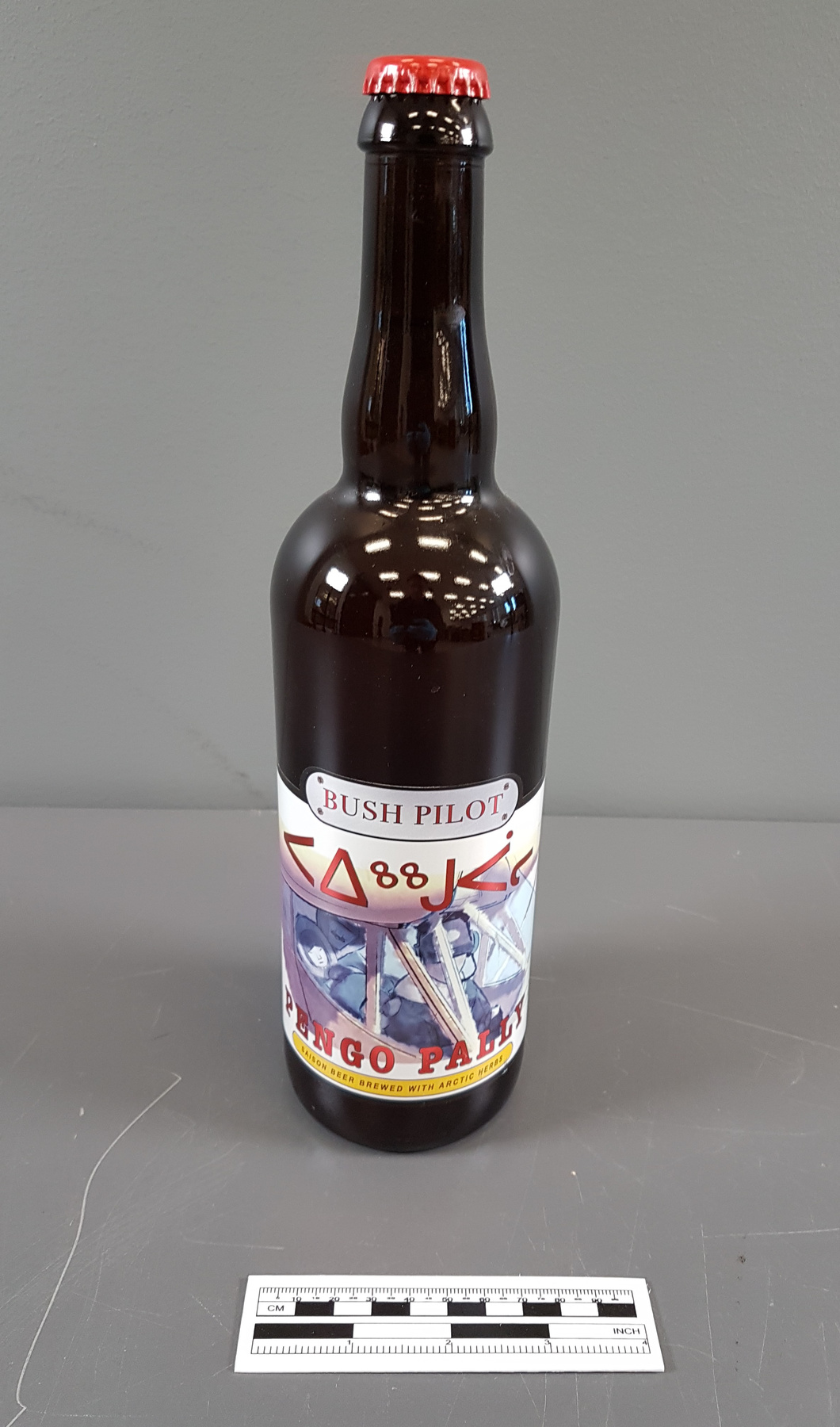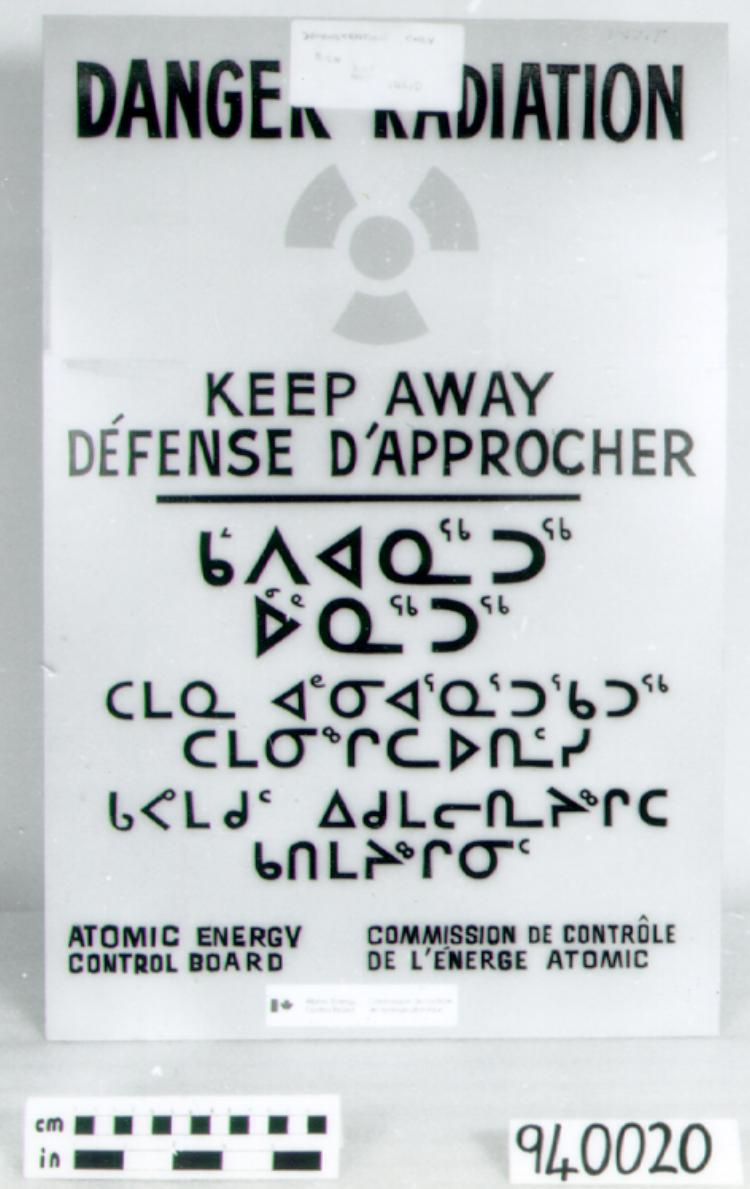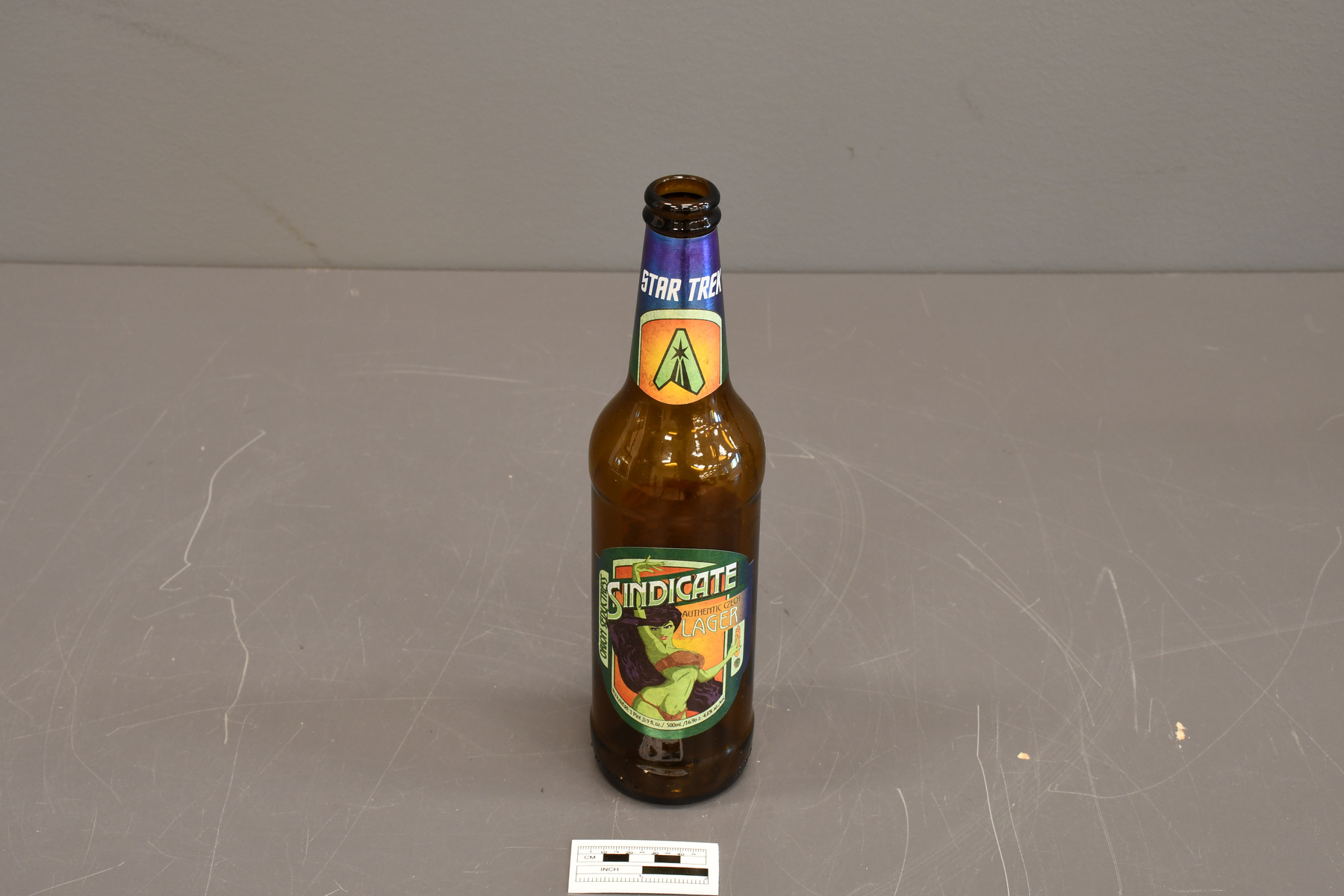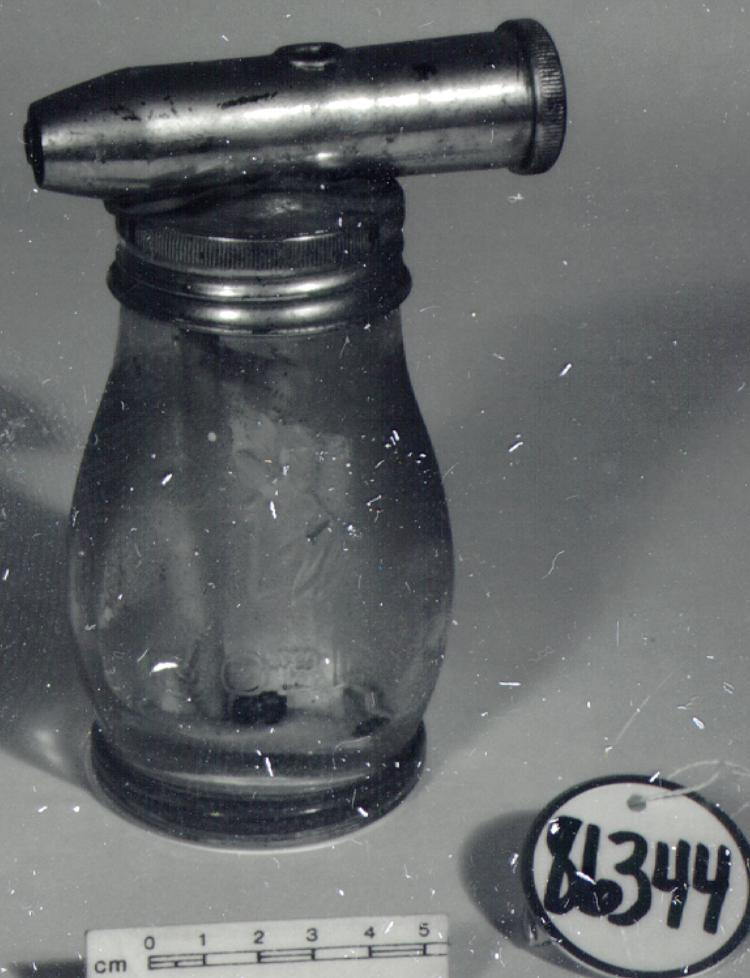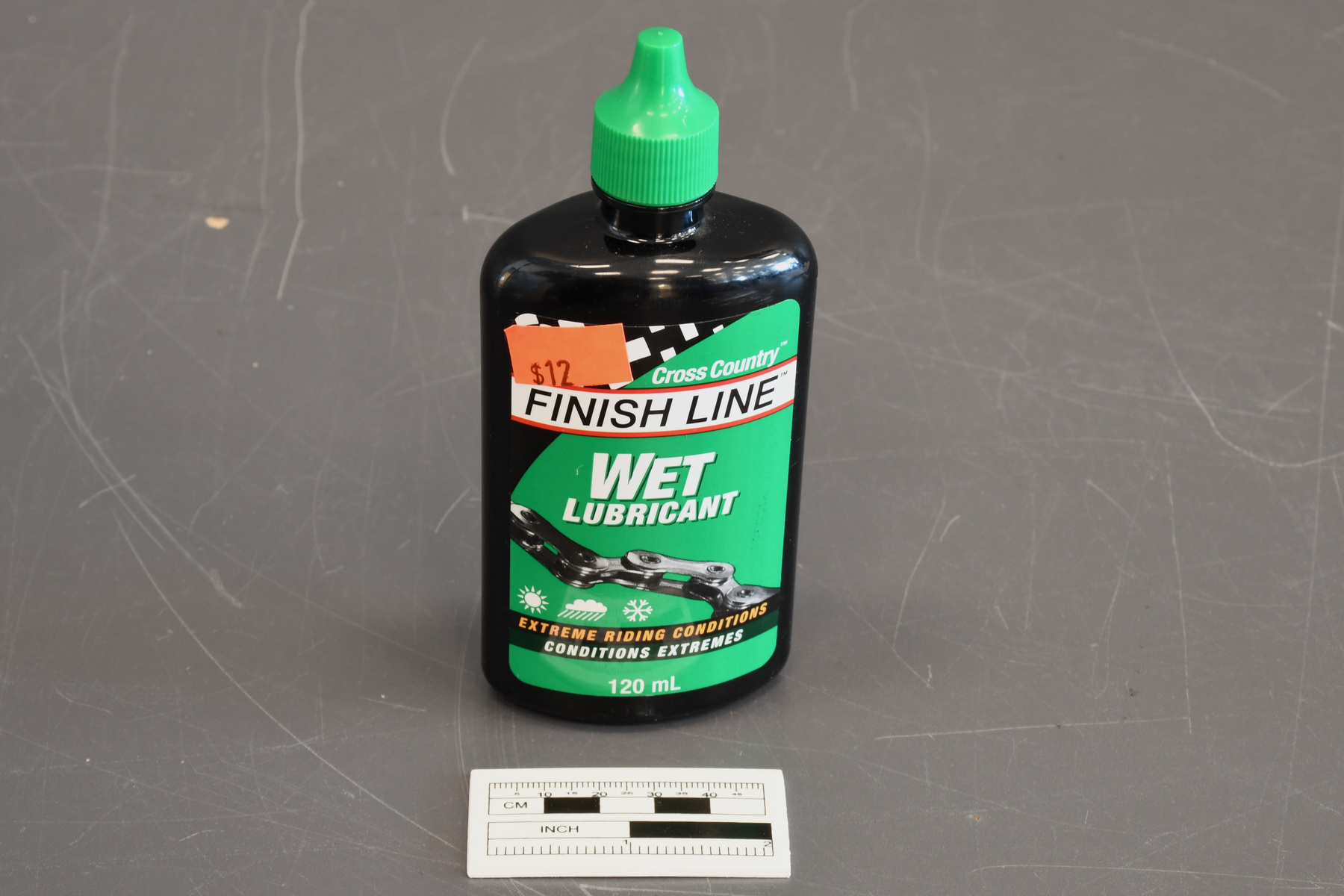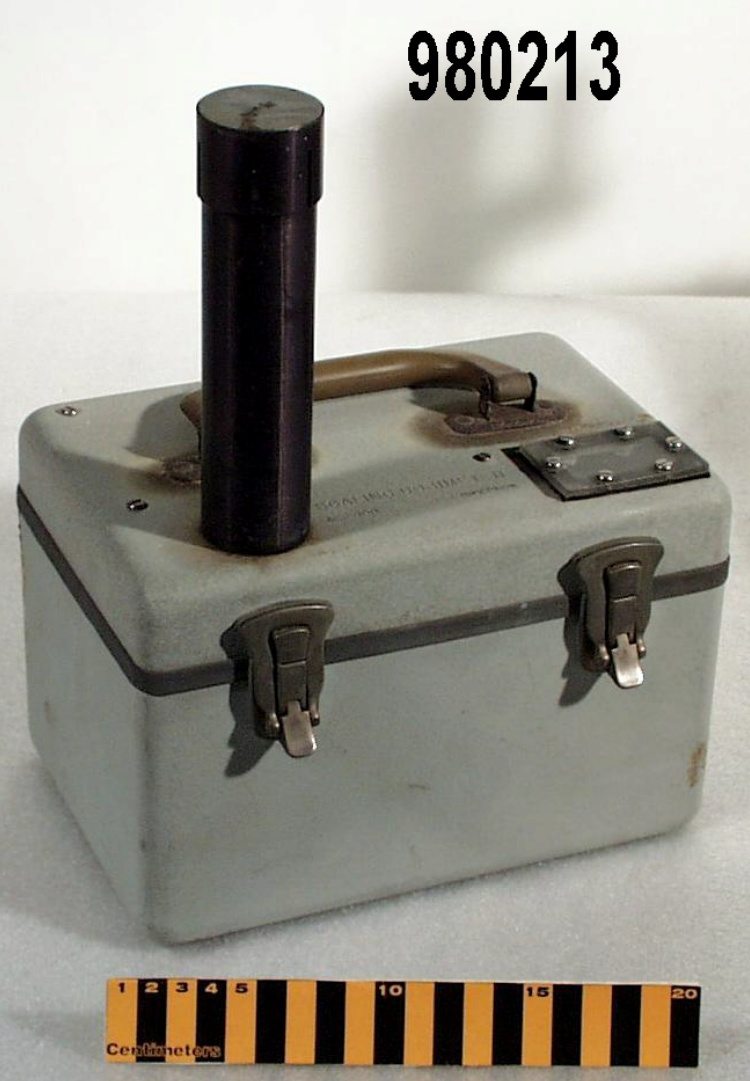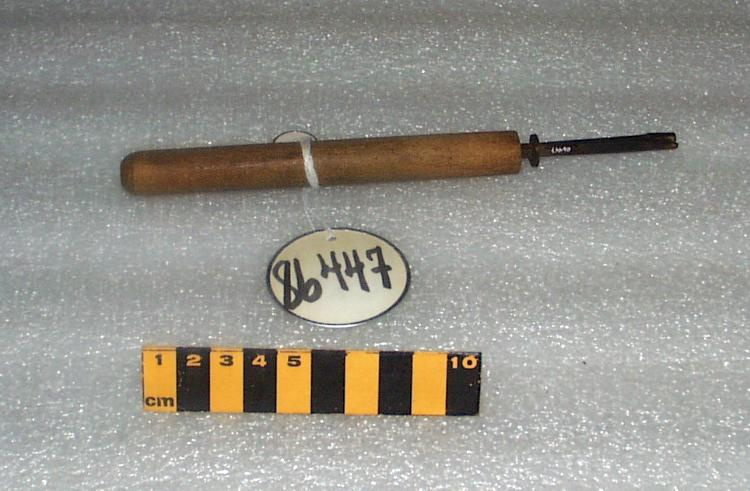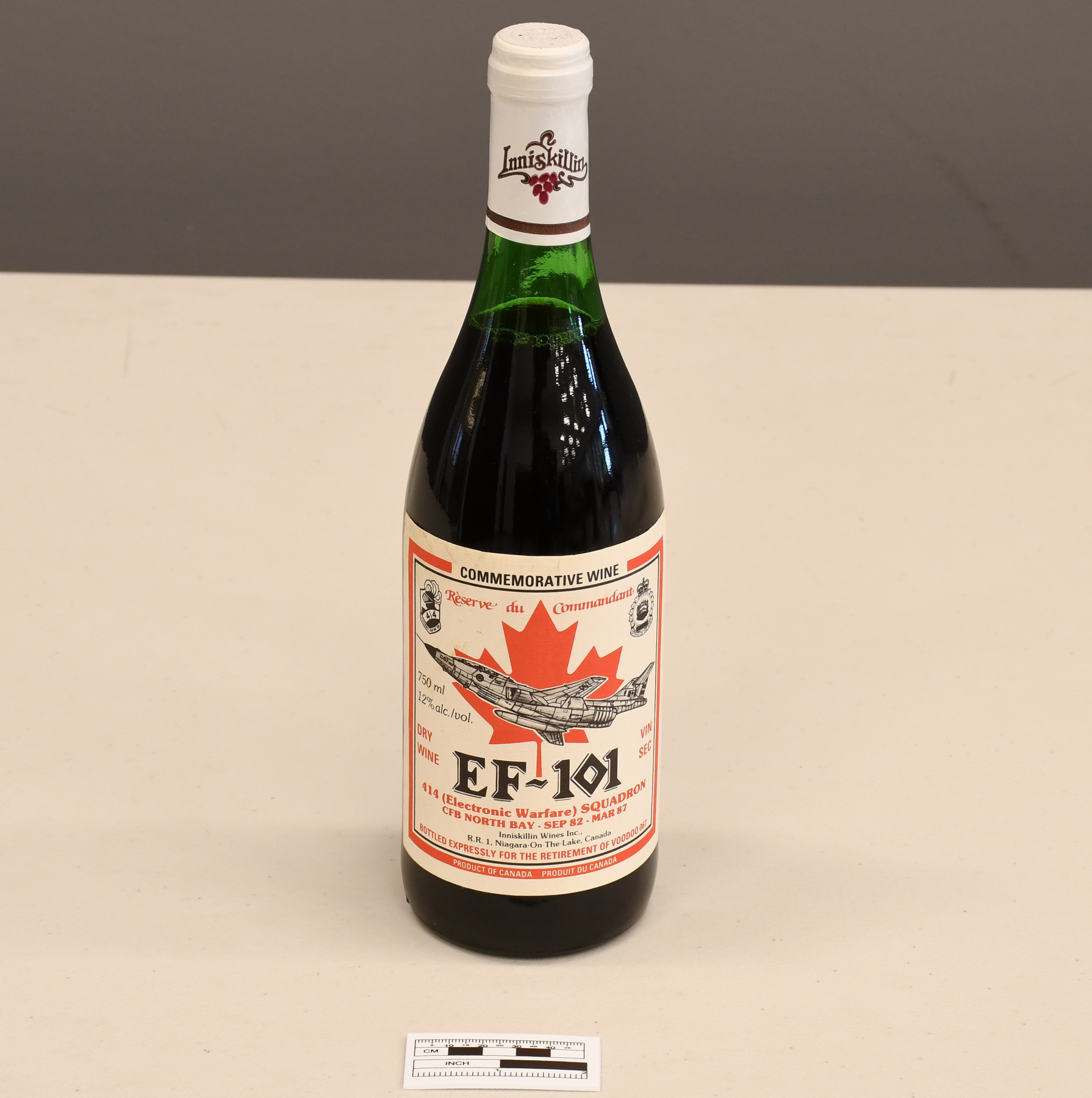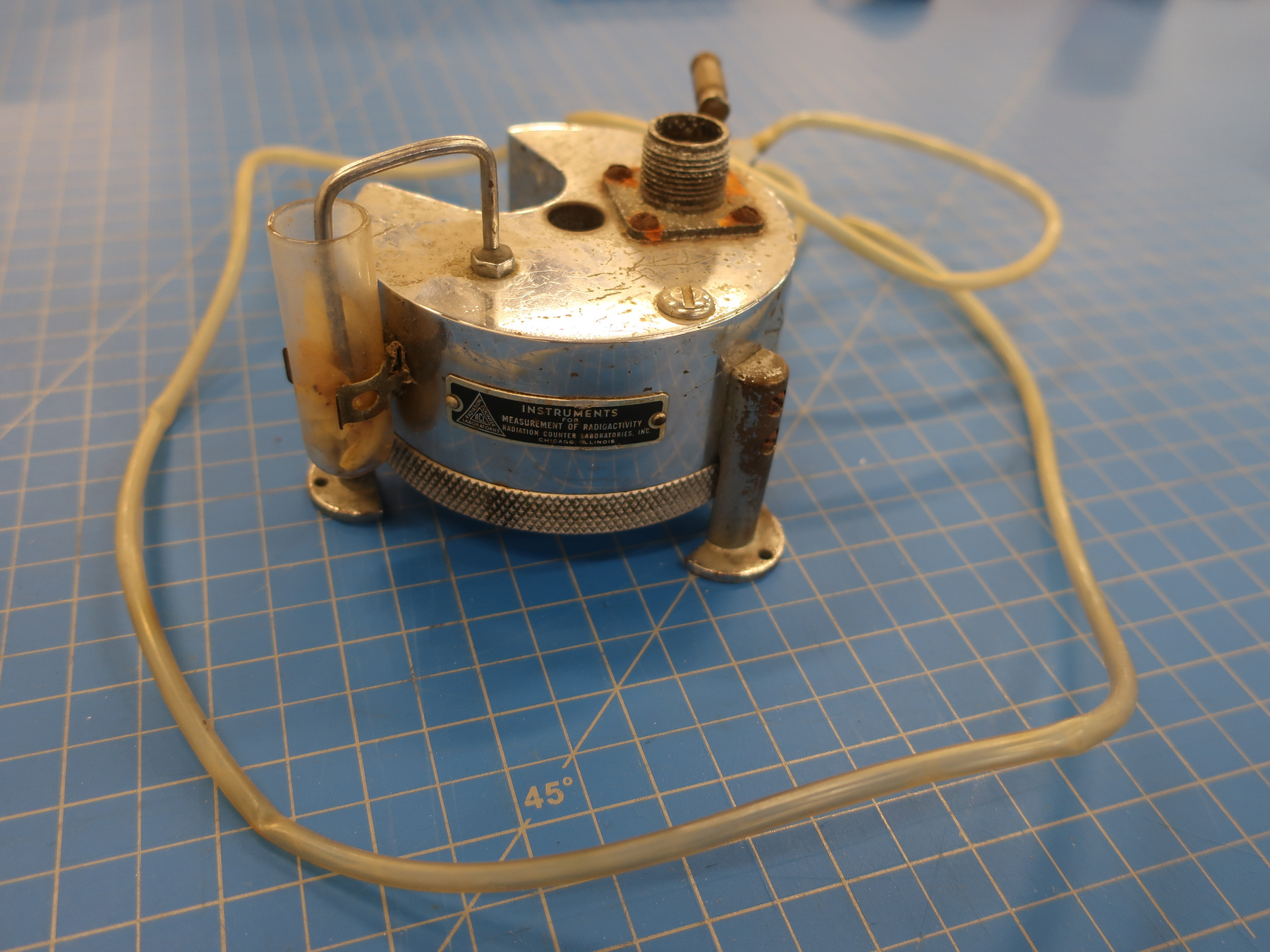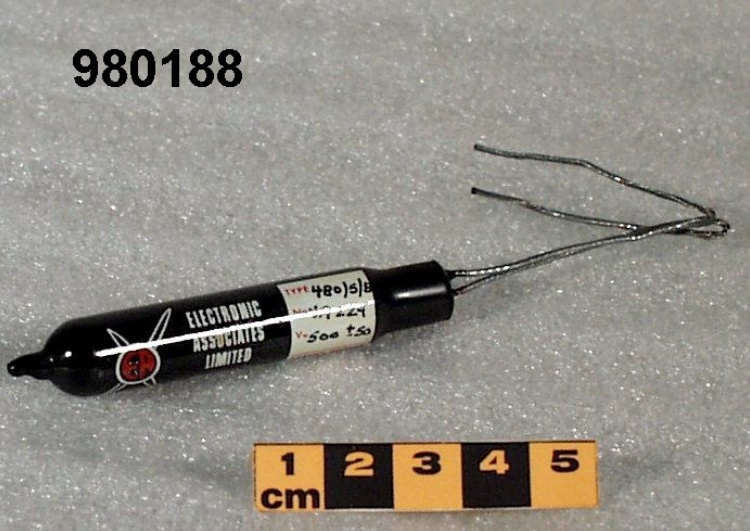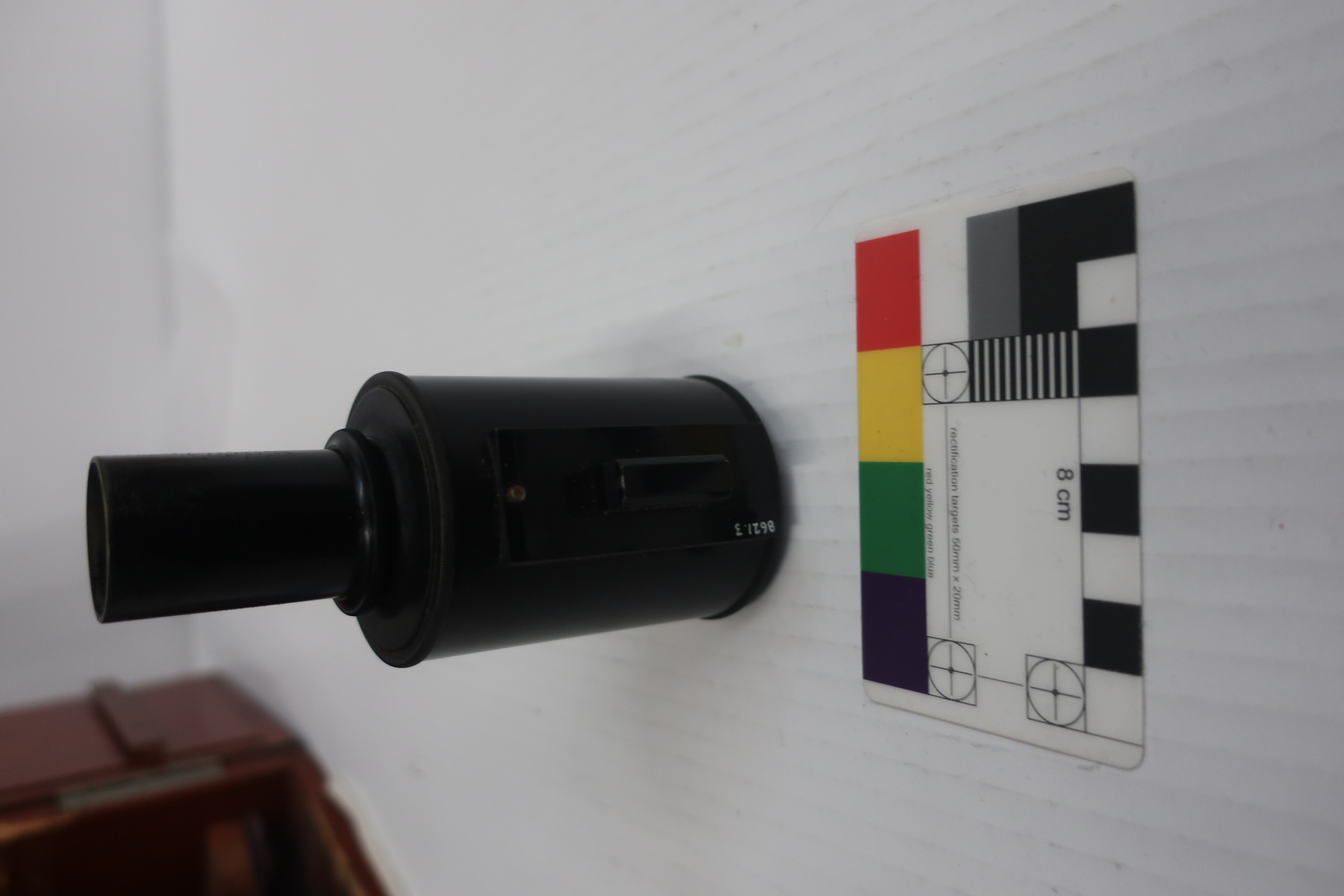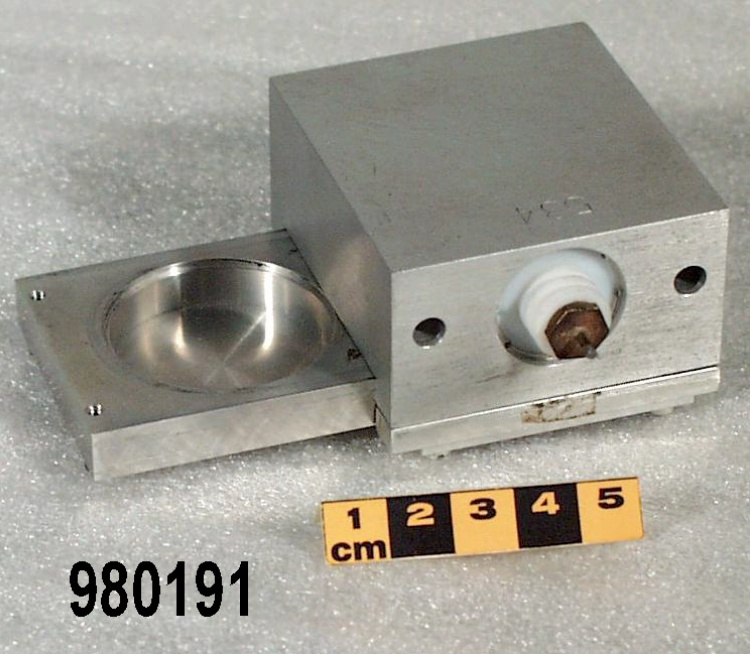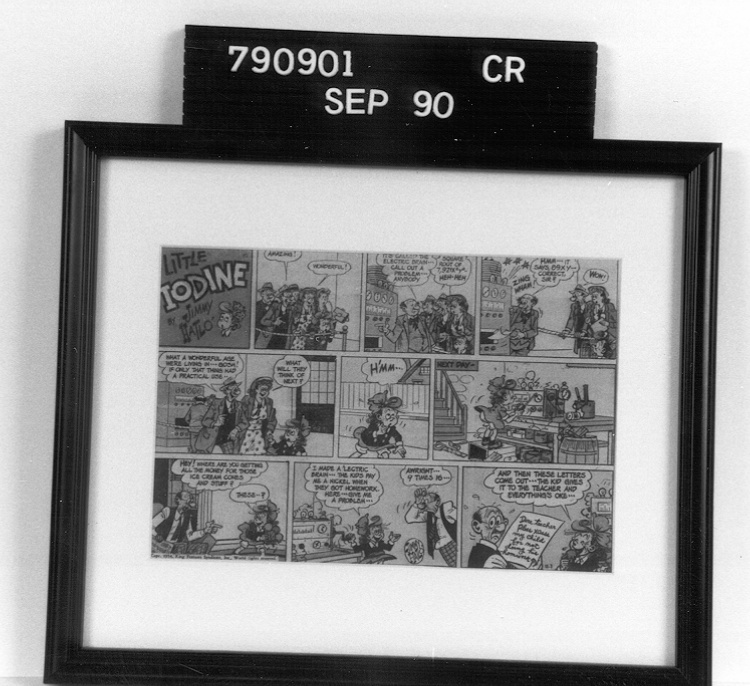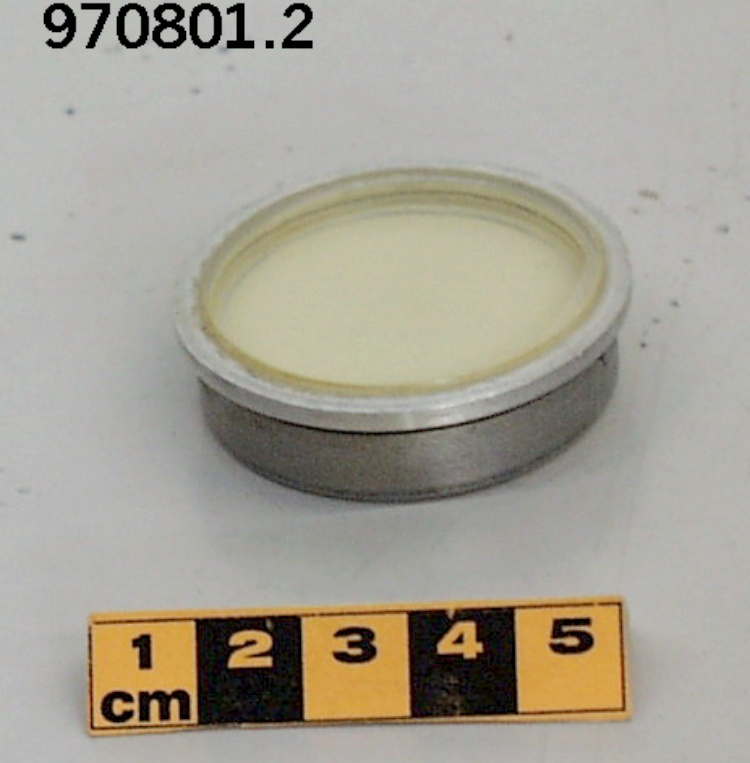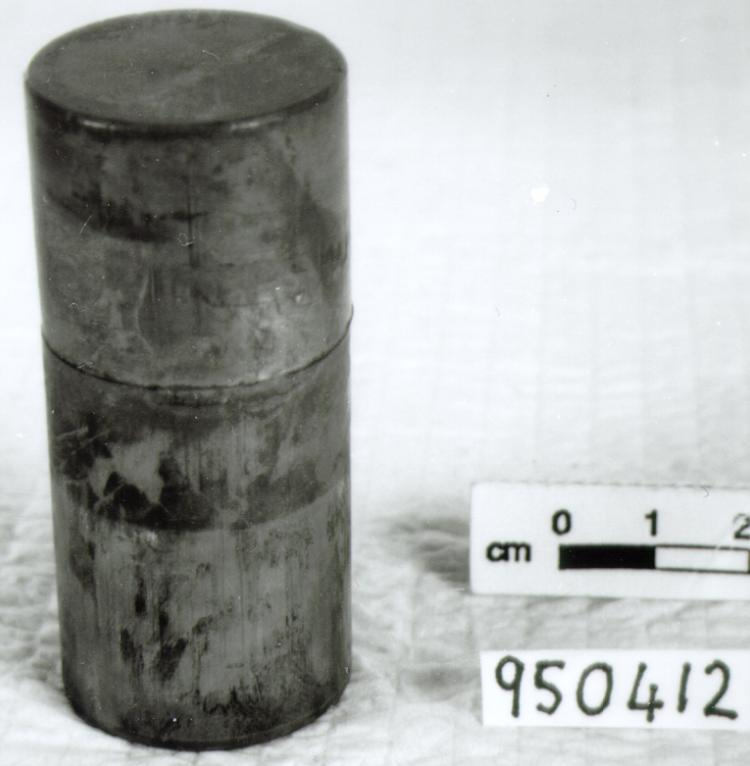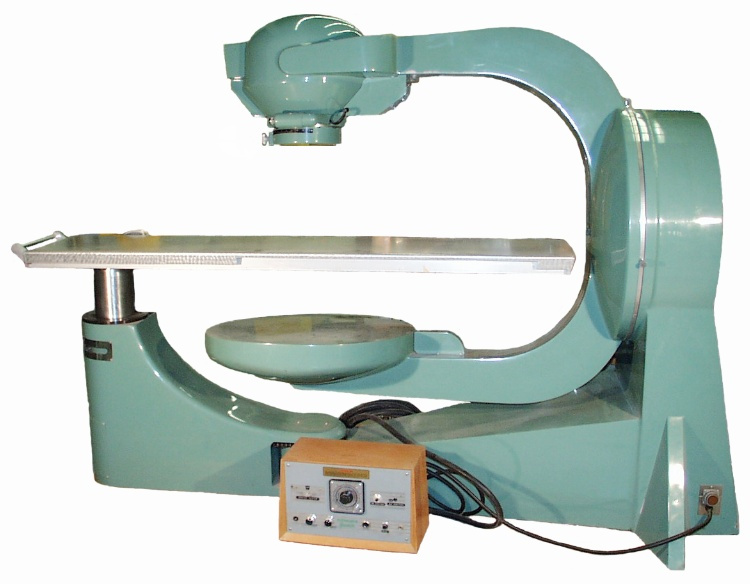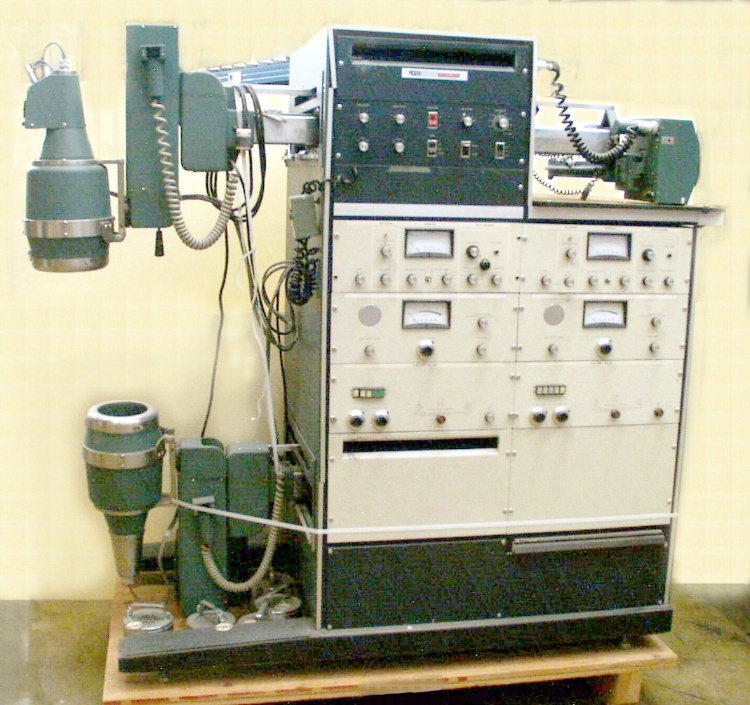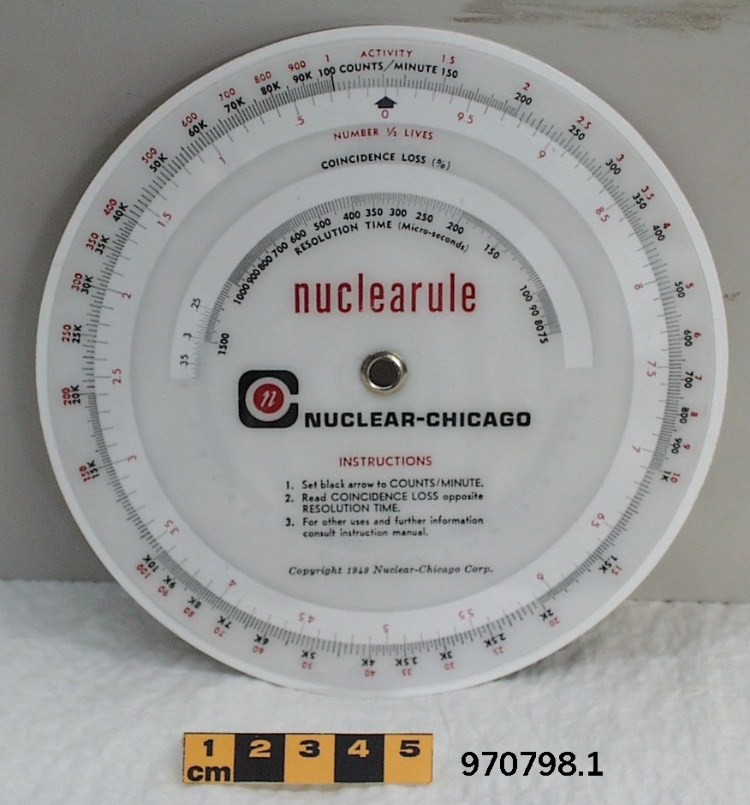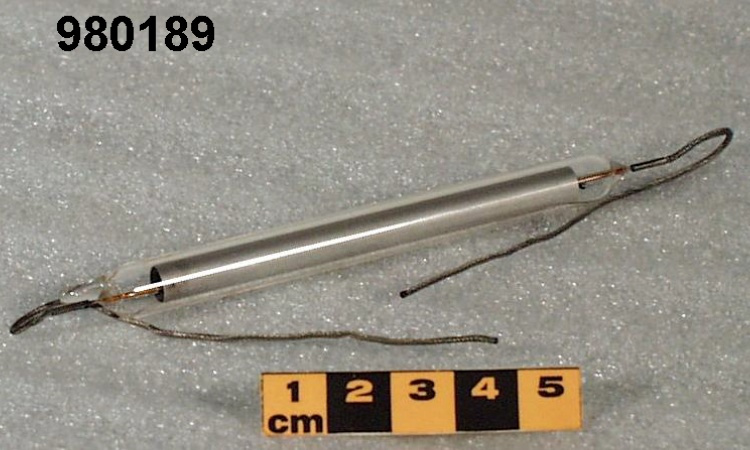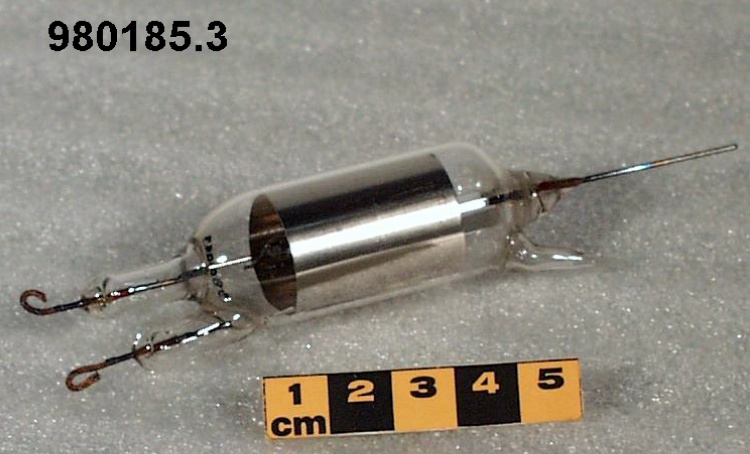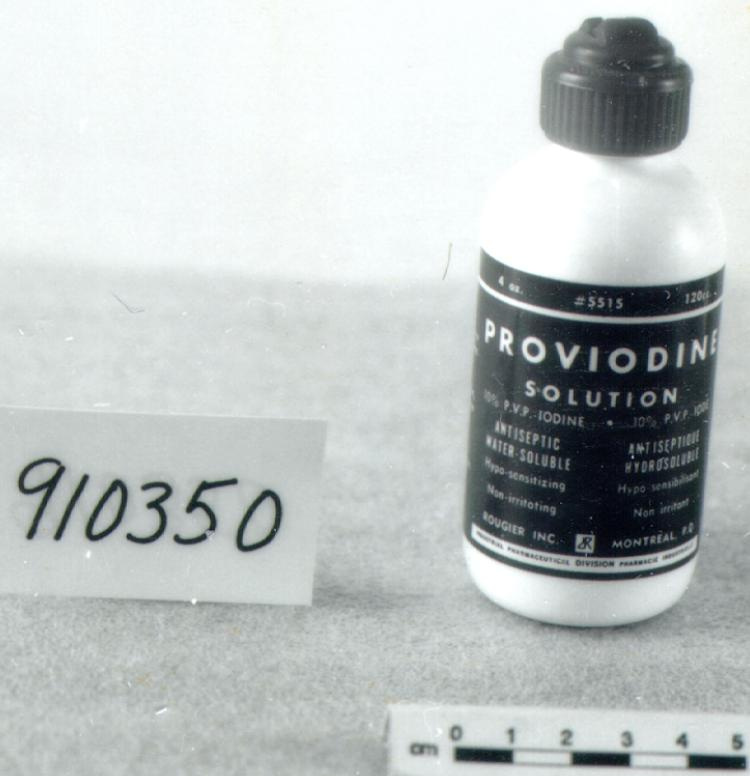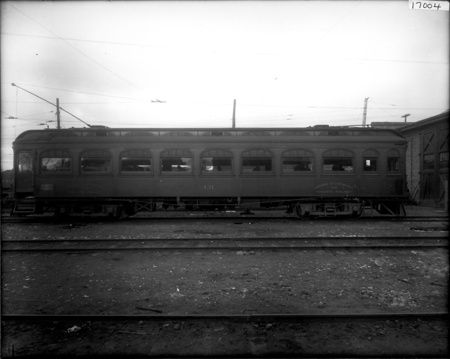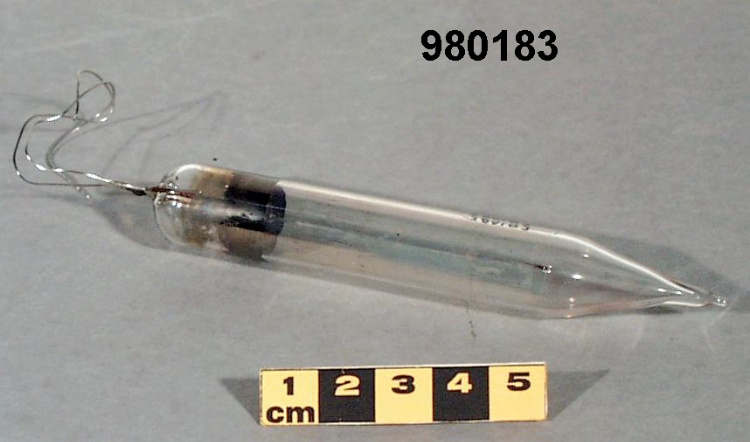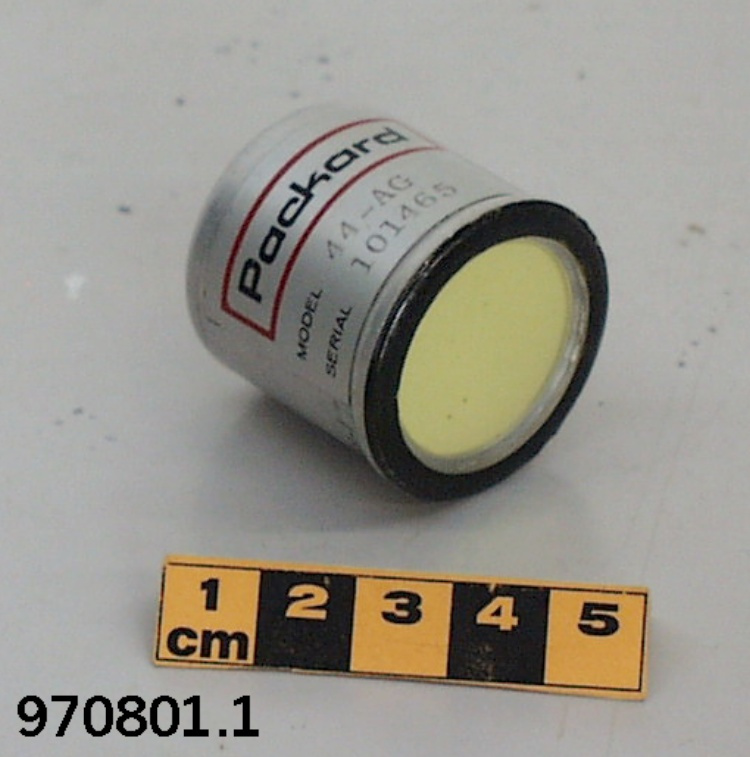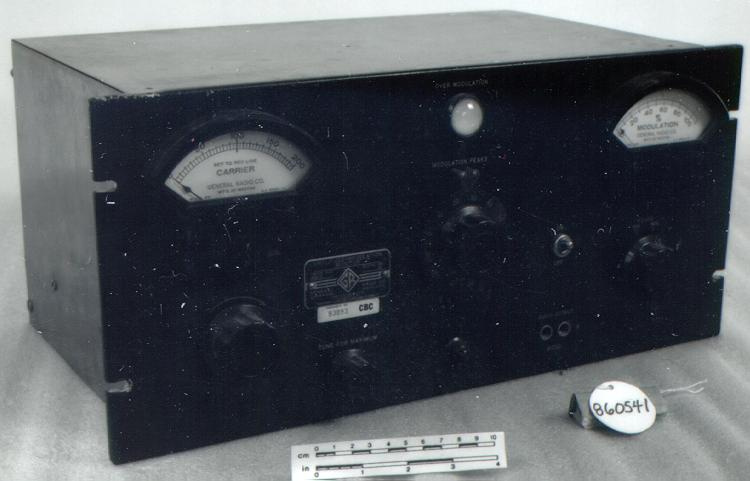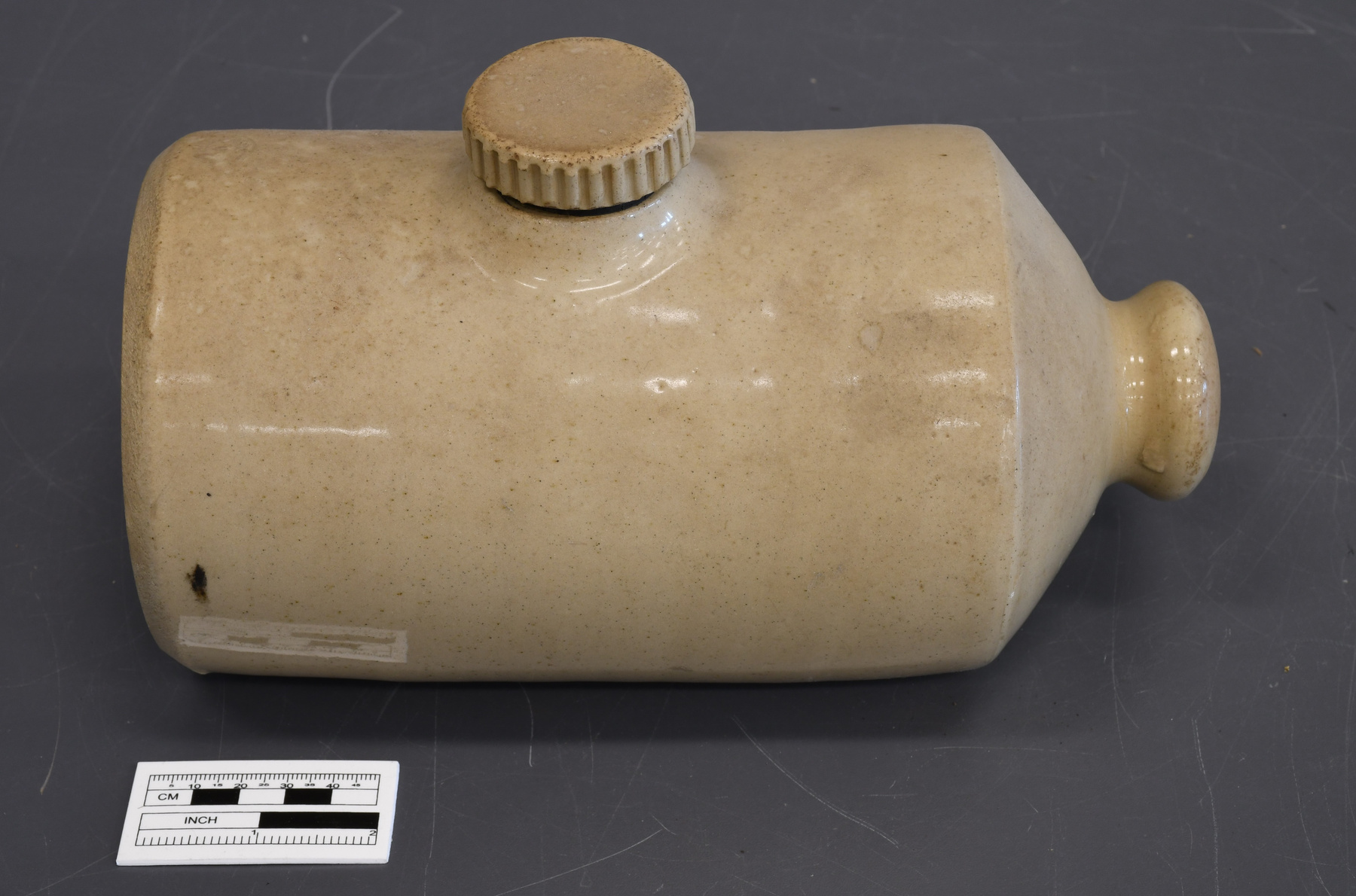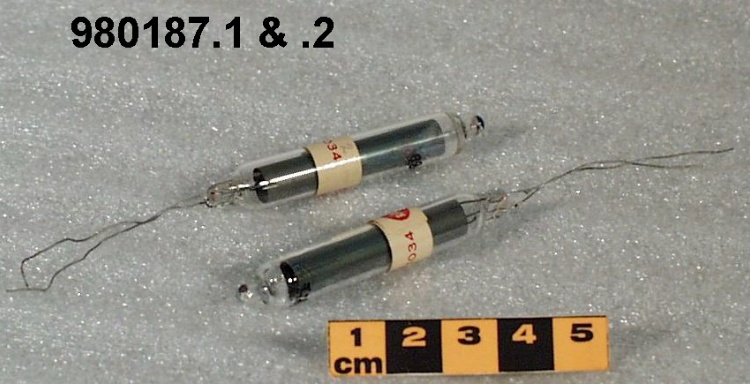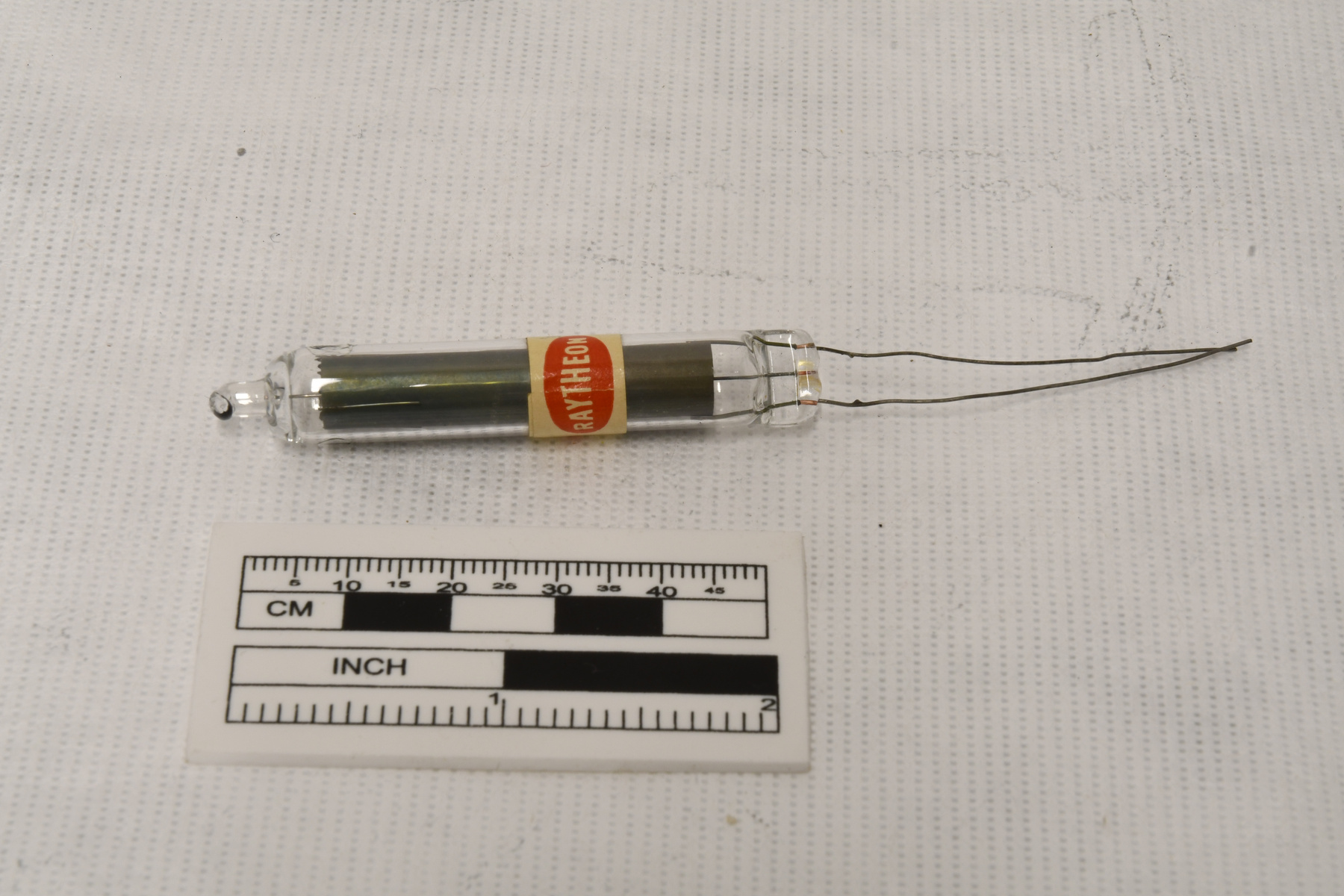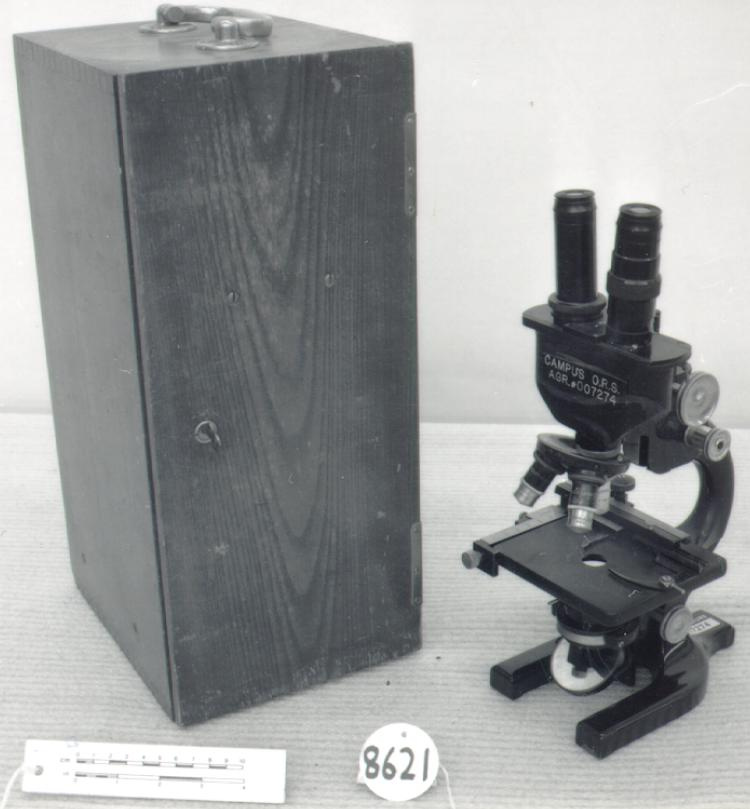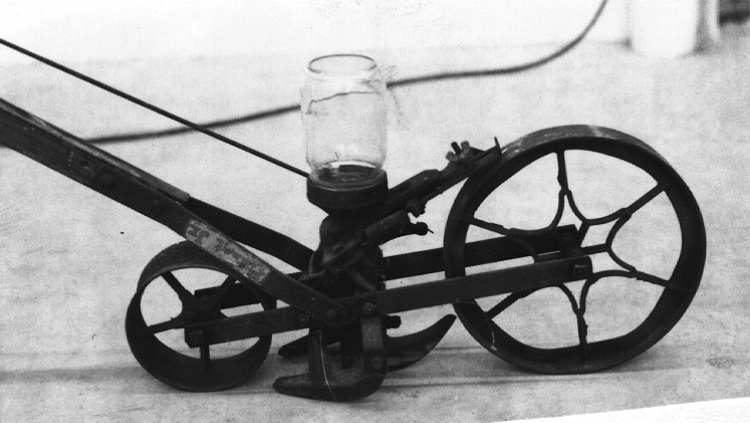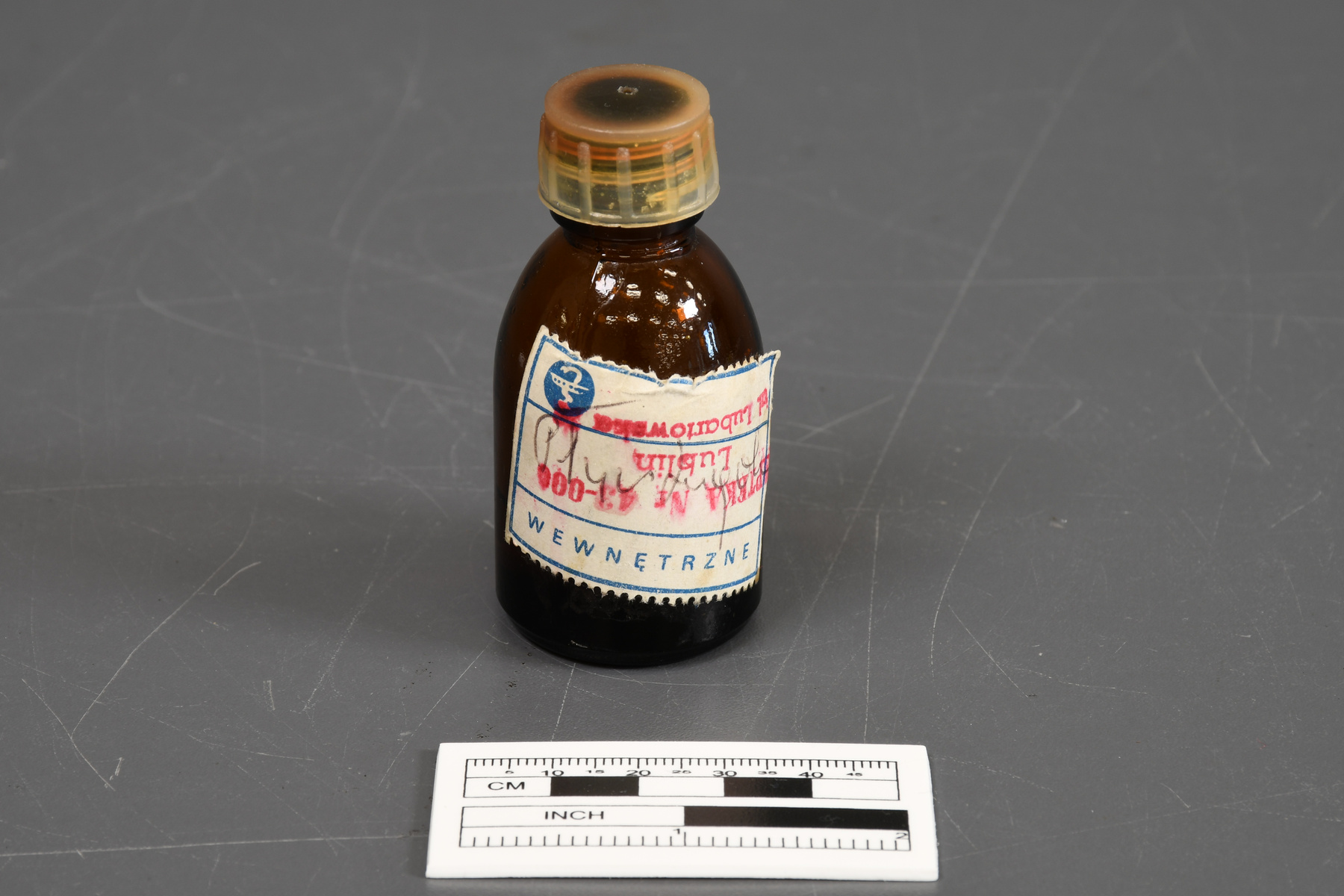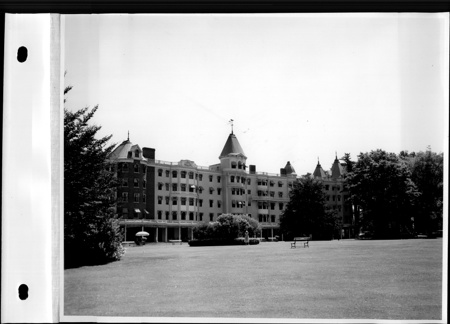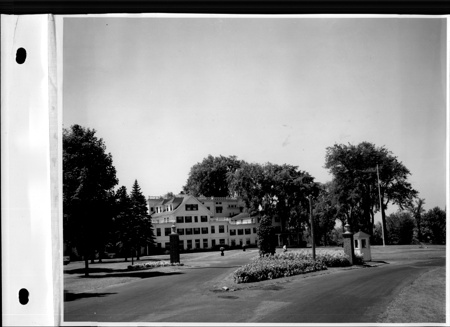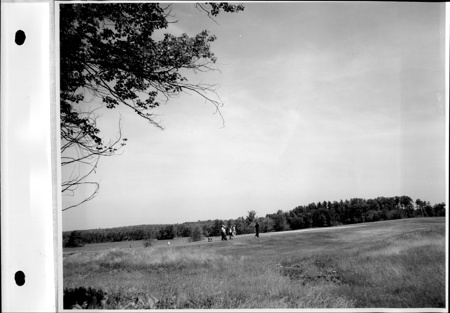Medication
Use this image
Can I reuse this image without permission? Yes
Object images on the Ingenium Collection’s portal have the following Creative Commons license:
Copyright Ingenium / CC BY-NC-ND (Attribution-NonCommercial 4.0 International (CC BY-NC 4.0)
ATTRIBUTE THIS IMAGE
Ingenium,
2018.0180.001
Permalink:
Ingenium is releasing this image under the Creative Commons licensing framework, and encourages downloading and reuse for non-commercial purposes. Please acknowledge Ingenium and cite the artifact number.
DOWNLOAD IMAGEPURCHASE THIS IMAGE
This image is free for non-commercial use.
For commercial use, please consult our Reproduction Fees and contact us to purchase the image.
- OBJECT TYPE
- chemical/liquid
- DATE
- 1986
- ARTIFACT NUMBER
- 2018.0180.001
- MANUFACTURER
- Unknown
- MODEL
- Iodine
- LOCATION
- Unknown
More Information
General Information
- Serial #
- N/A
- Part Number
- 1
- Total Parts
- 1
- AKA
- N/A
- Patents
- N/A
- General Description
- Glass bottle containing iodine, with a synthetic cap, and paper label. Bouteille en verre contenant l'iode avec bouchon synthétique et étiquette en papier.
Dimensions
Note: These reflect the general size for storage and are not necessarily representative of the object's true dimensions.
- Length
- N/A
- Width
- N/A
- Height
- 6.9 cm
- Thickness
- N/A
- Weight
- N/A
- Diameter
- 3.3 cm
- Volume
- N/A
Lexicon
- Group
- Energy-electric
- Category
- Miscellaneous
- Sub-Category
- N/A
Manufacturer
- AKA
- Unknown
- Country
- Unknown
- State/Province
- Unknown
- City
- Unknown
Context
- Country
- Poland
- State/Province
- Unknown
- Period
- April 1986 Avril 1986
- Canada
-
Mr. Bean, the donor, who was in Germany during the Chernobyl explosion, received the bottle from a colleague in Poland in 1988, following a conversation about the effects of Chernobyl and the repression of information about the disaster. He brought it to Canada. Mr. Bean lent the bottle to CSTM for Energy: Power to Choose, which featured the Chernobyl disaster, and later decided to donate it to the collection. Le donateur, Mr. Bean, était en Allemagne lors de l'explosion de Chernobyl. Il a reçu cette bouteille d'un collègue en Pologne en 1988 après une conversation concernant les effets de Chernobyl et la censure de l'information concernant ce désastre. Mr. Bean a apporté la bouteille au Canada. Il l'a prêté au musée MSTC pour l'exposition "Energy: Power to Choose", qui incluait de désastre de Chernobyle. Il a décidé plus tard de donner la bouteille à la collection. - Function
-
A medication taken to mitigate the effects of radiation. It prevents the absorption of radioactive iodine-131 in the thyroid by absorbing regular iodine. Un médicament pour réduire les effets de radiation. Le médicament prévenait l'absorption de l'iode-131 radioactif dans la thyroïde en absorbant l'iode régulière. - Technical
-
The Chernobyl reactor exploded on 26 April 1986 releasing radiation which was carried by winds across Europe. The Soviet government suppressed any communication about the disaster until the high levels of radioactivity have been detected by several European countries, which traced the source of radiation back to western Ukraine. The explosion was finally confirmed on April 28, 1986. After the announcement, Polish government, as well as other neighbouring countries, began to distribute iodine to citizens. Consuming the iodine would prevent thyroid from absorbing the radioactive iodine-131 released by the explosion, and therefore it would reduce the risk of cancer. However, since the Soviet government delayed confirmation of the disaster, the iodine was administered too late to have any effect, and many people choose not to consume it. Le réacteur Chernobyl a explosé le 26 avril 1986 et a libéré un grand niveau de radiation qui a été propagé par les vents à travers l'Europe. Le gouvernement Soviétique a censuré n'importe quel type de communication reliant au désastre jusqu'à temps que les hauts niveaux de radiations ont été détectés par plusieurs pays Européens. Ces niveaux de radiations ont pu être retracés vers l'ouest de l'Ukraine. L'explosion a été finalement confirmée le 28 avril 1986. Après l'annonce, le gouvernement Polonais, ainsi que ses pays voisins, distribuait l'iode aux citoyens. La consommation d'iode aide à prévenir l'absorption de l'iode-131 dans la thyroïde et par conséquent réduire le risque de cancer. Cependant, tandis que le gouvernement Soviétique a tardé l'annonce du désastre, l'iode a été administré trop tard pour y avoir effet, et plusieurs citoyens ont décidé de ne pas le consommé. - Area Notes
-
Unknown
Details
- Markings
- Lettering printed on the label in Polish: "WEWNETRZNE/ [cut off]PTEKA Nr 43-00[0]/ Lublin/ [blurred] Lubartowska"
- Missing
- About 2/3 of the contents have been used.
- Finish
- Brown glass bottle with translucent white cap. On the outside of the bottle is a white label with blue printed and red stamped markings. Bouteille brune en verre avec bouchon blanc translucide. Sur l'extérieur de la bouteille on retrouve une étiquette blanc avec des marques étampés rouge et bleu.
- Decoration
- N/A
CITE THIS OBJECT
If you choose to share our information about this collection object, please cite:
Unknown Manufacturer, Medication, circa 1986, Artifact no. 2018.0180, Ingenium – Canada’s Museums of Science and Innovation, http://collection.ingeniumcanada.org/en/id/2018.0180.001/
FEEDBACK
Submit a question or comment about this artifact.
More Like This
